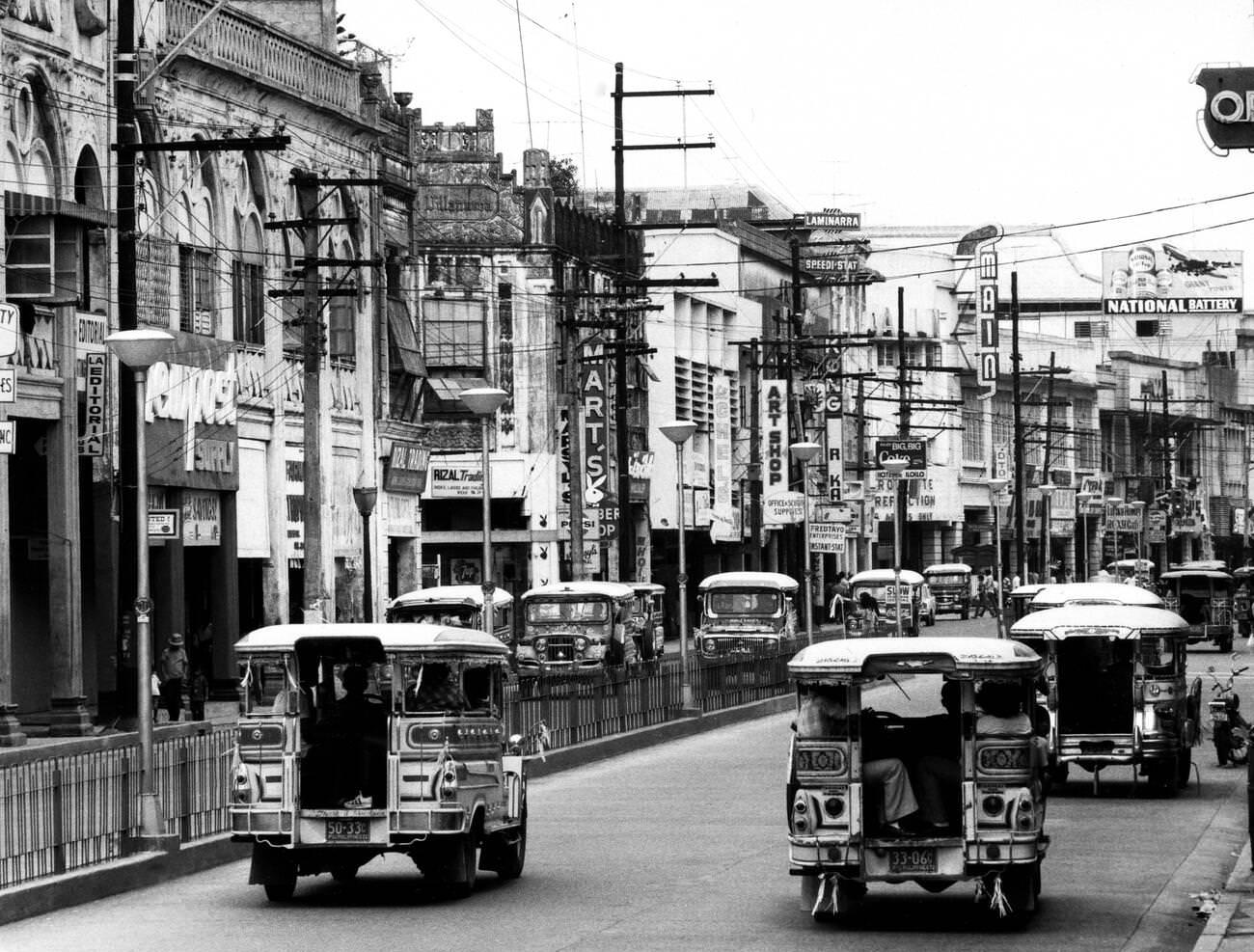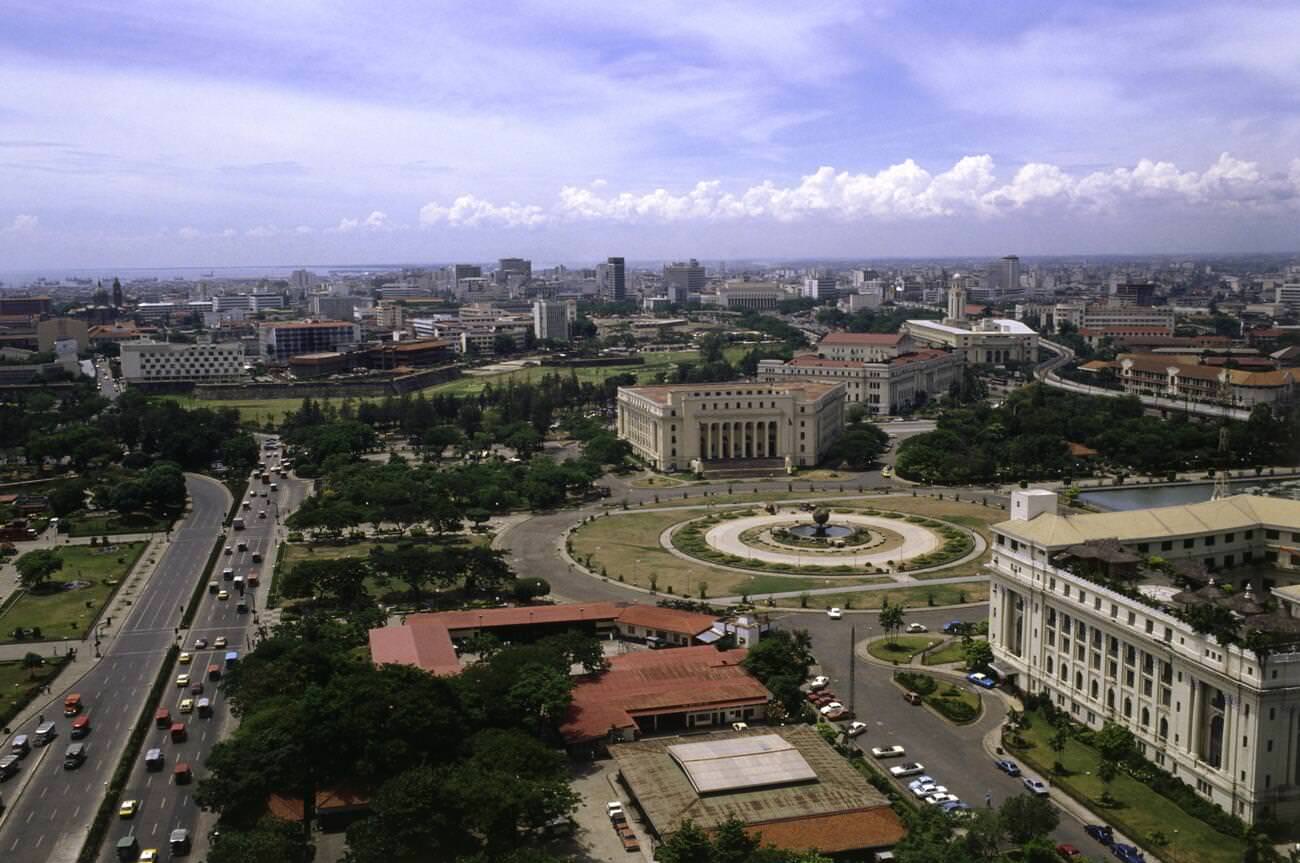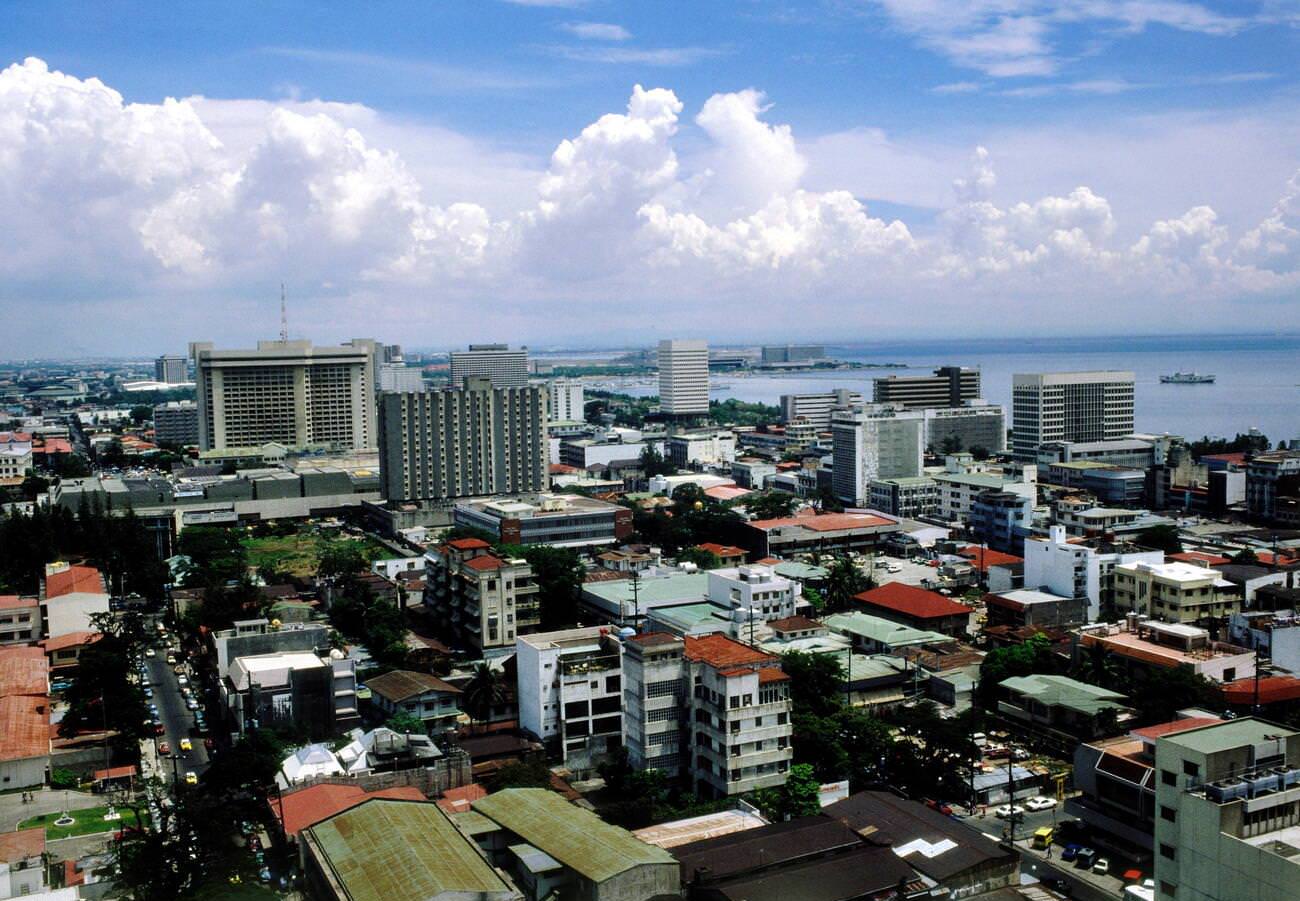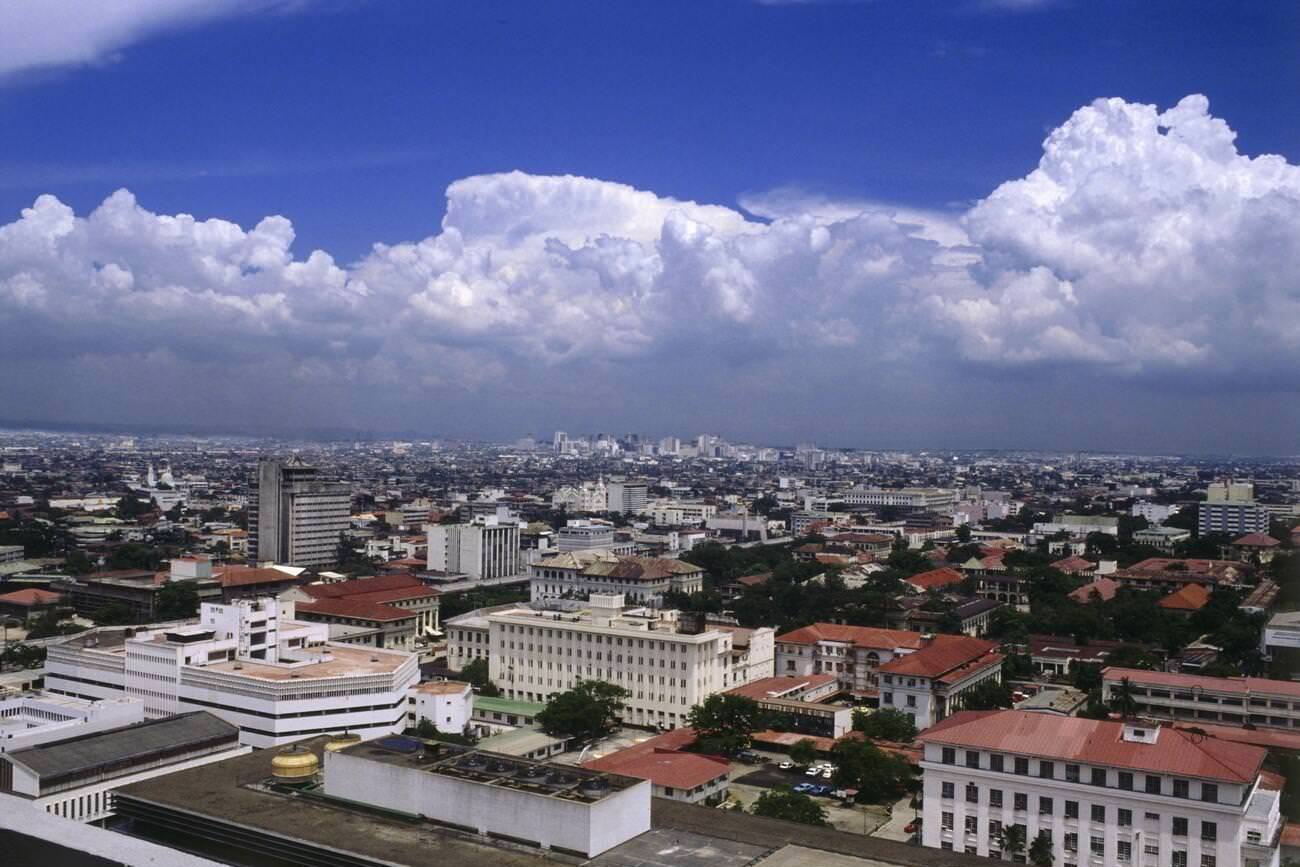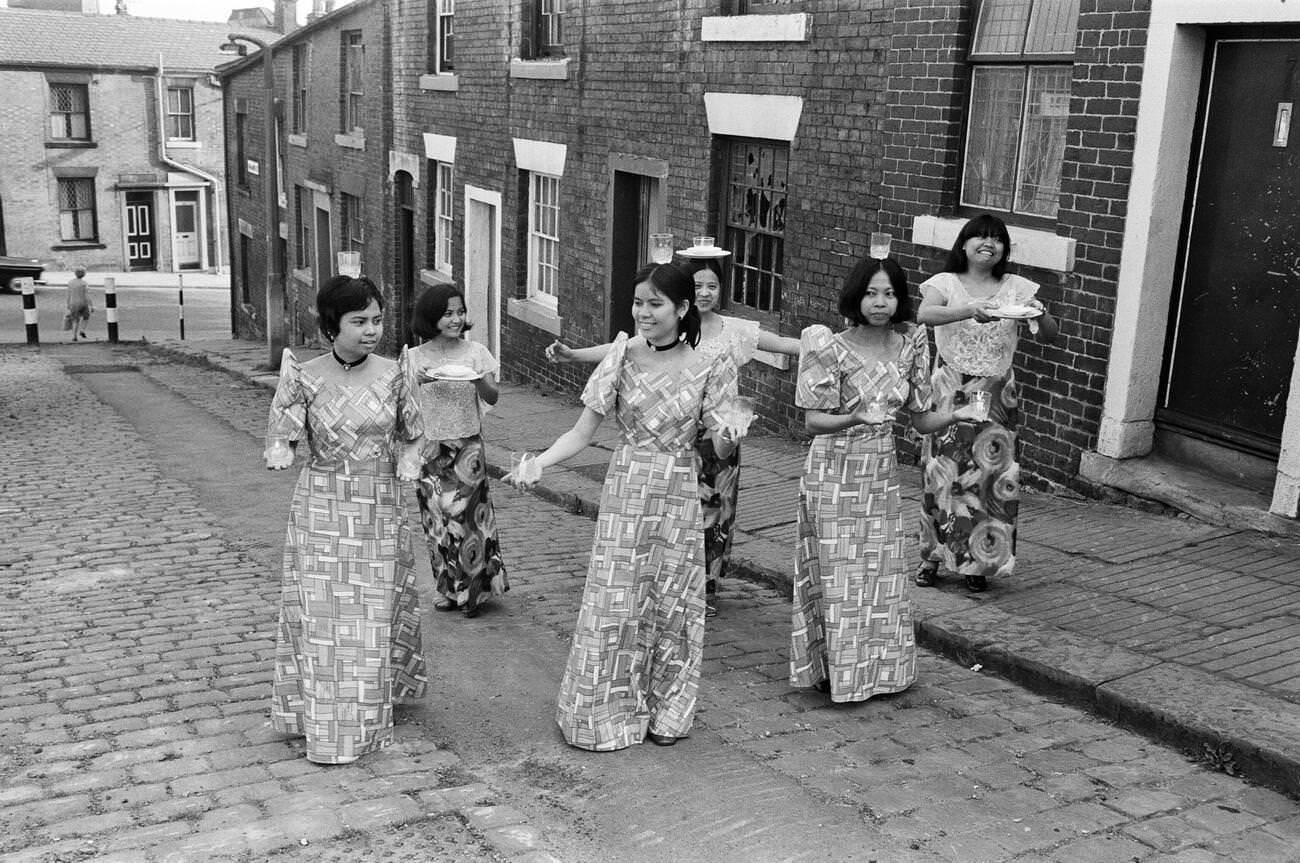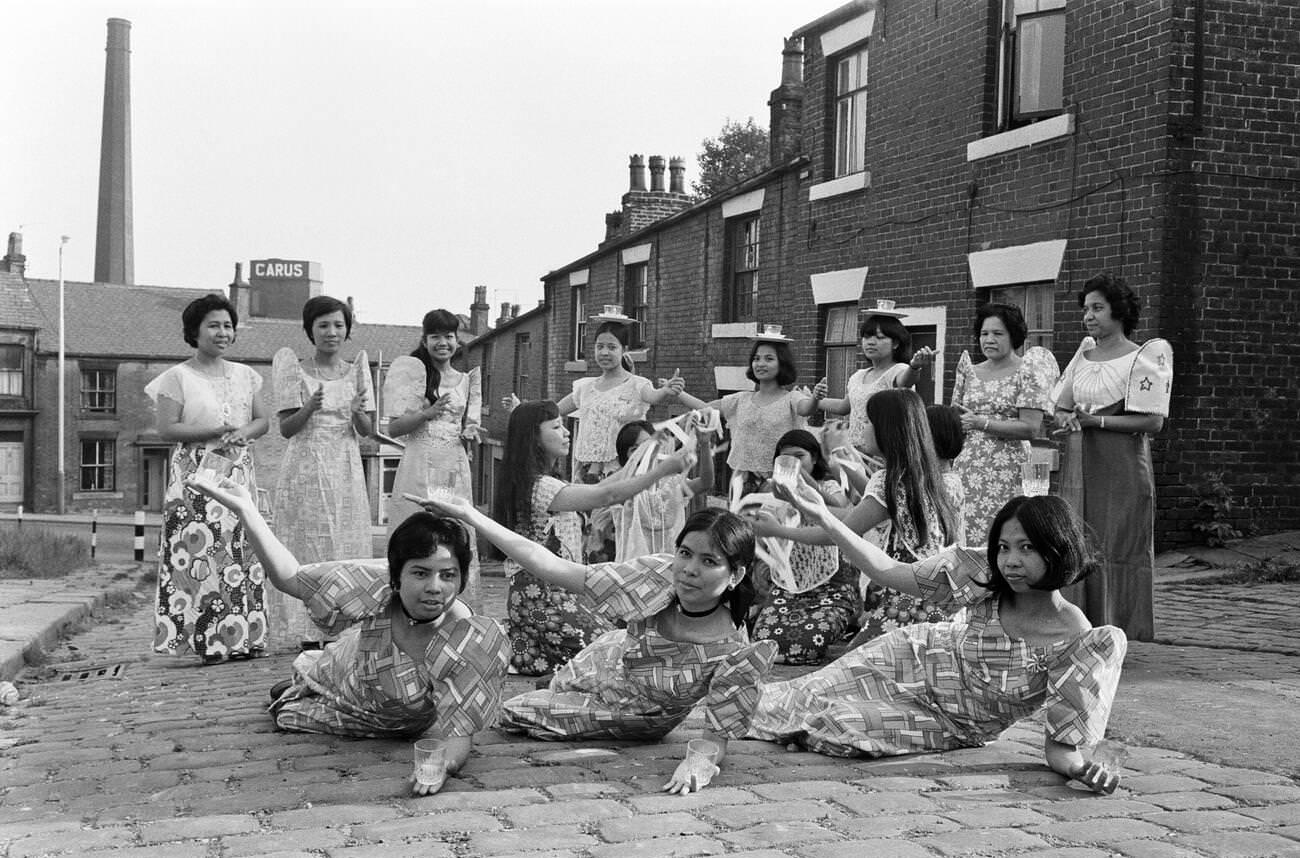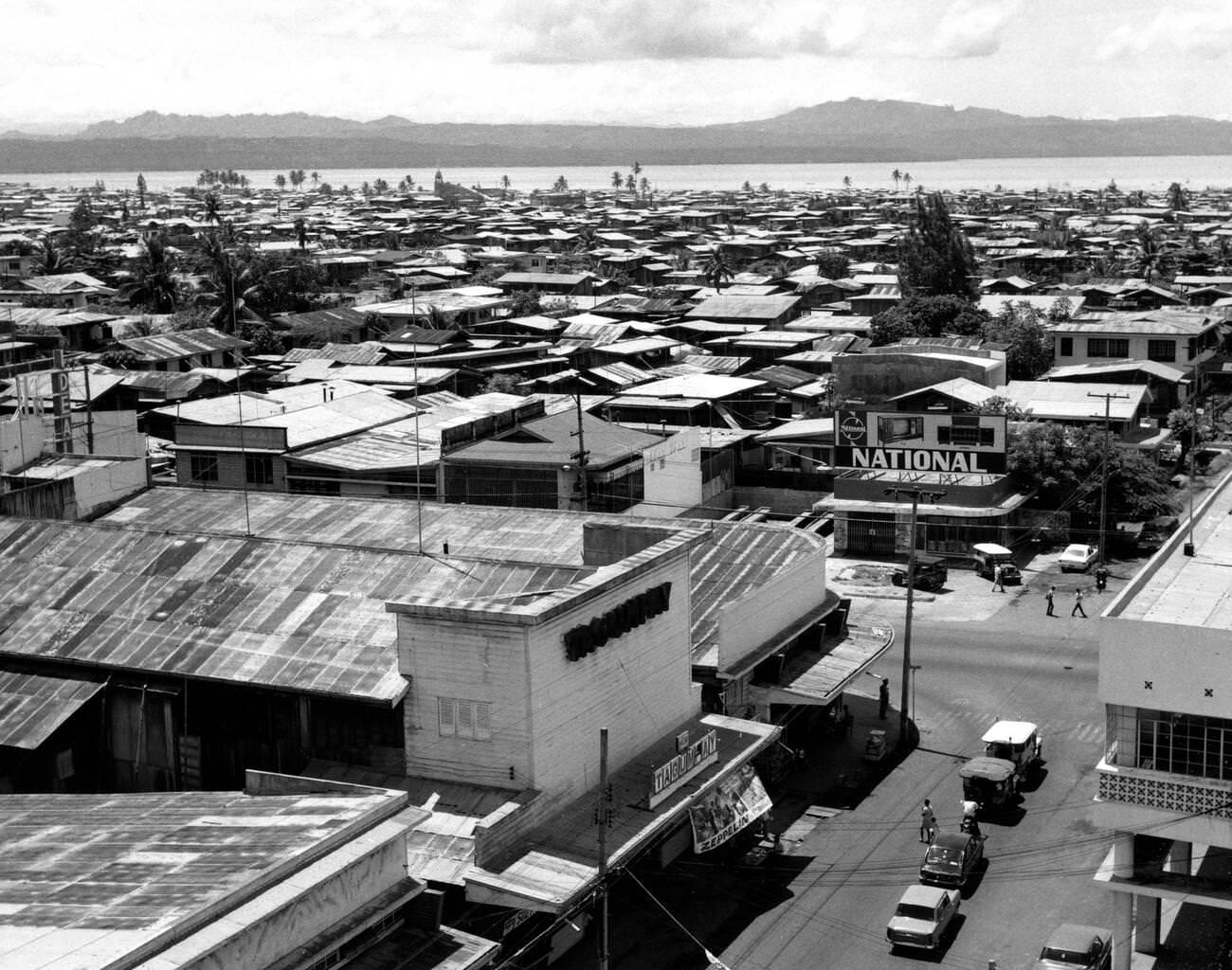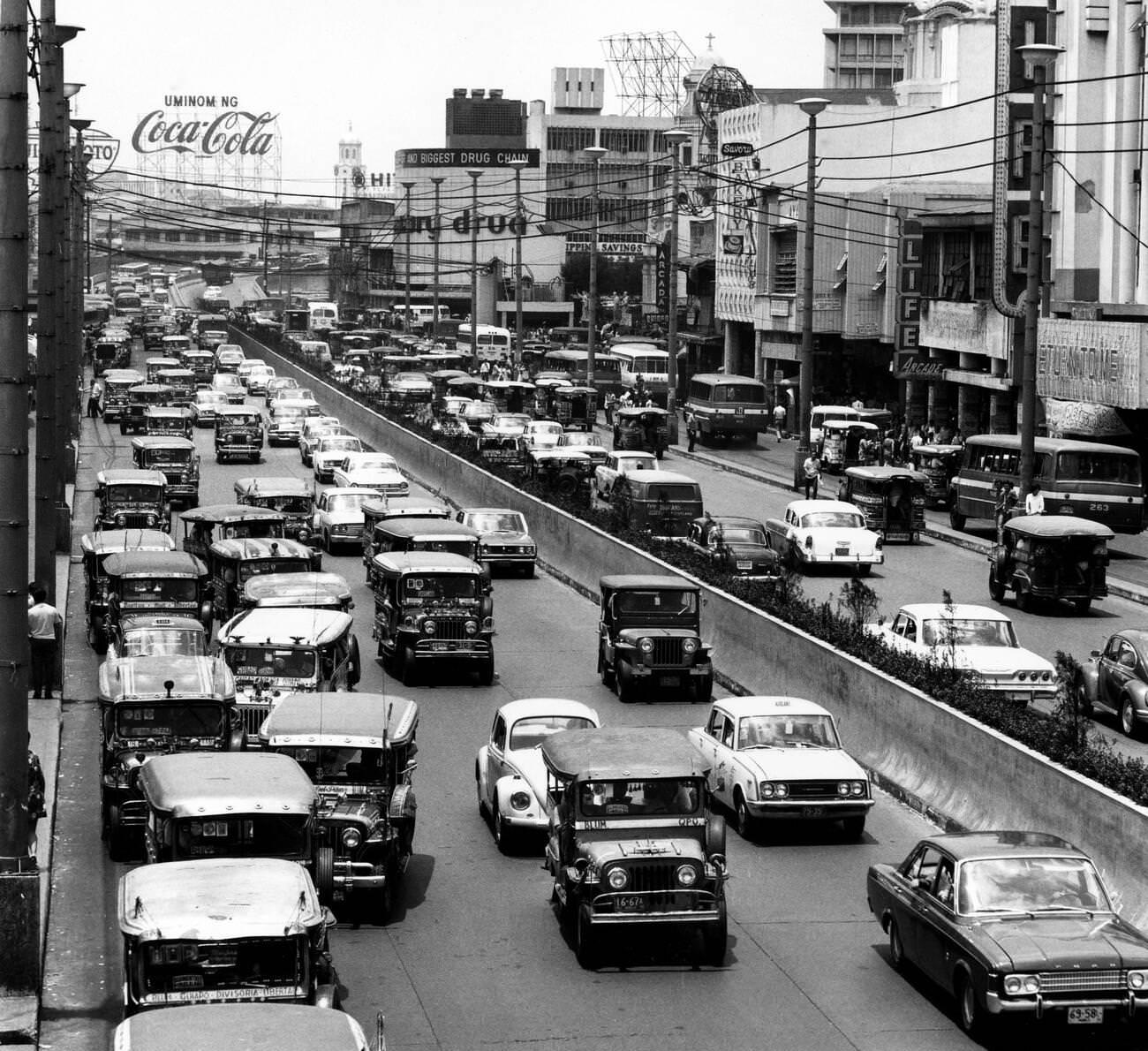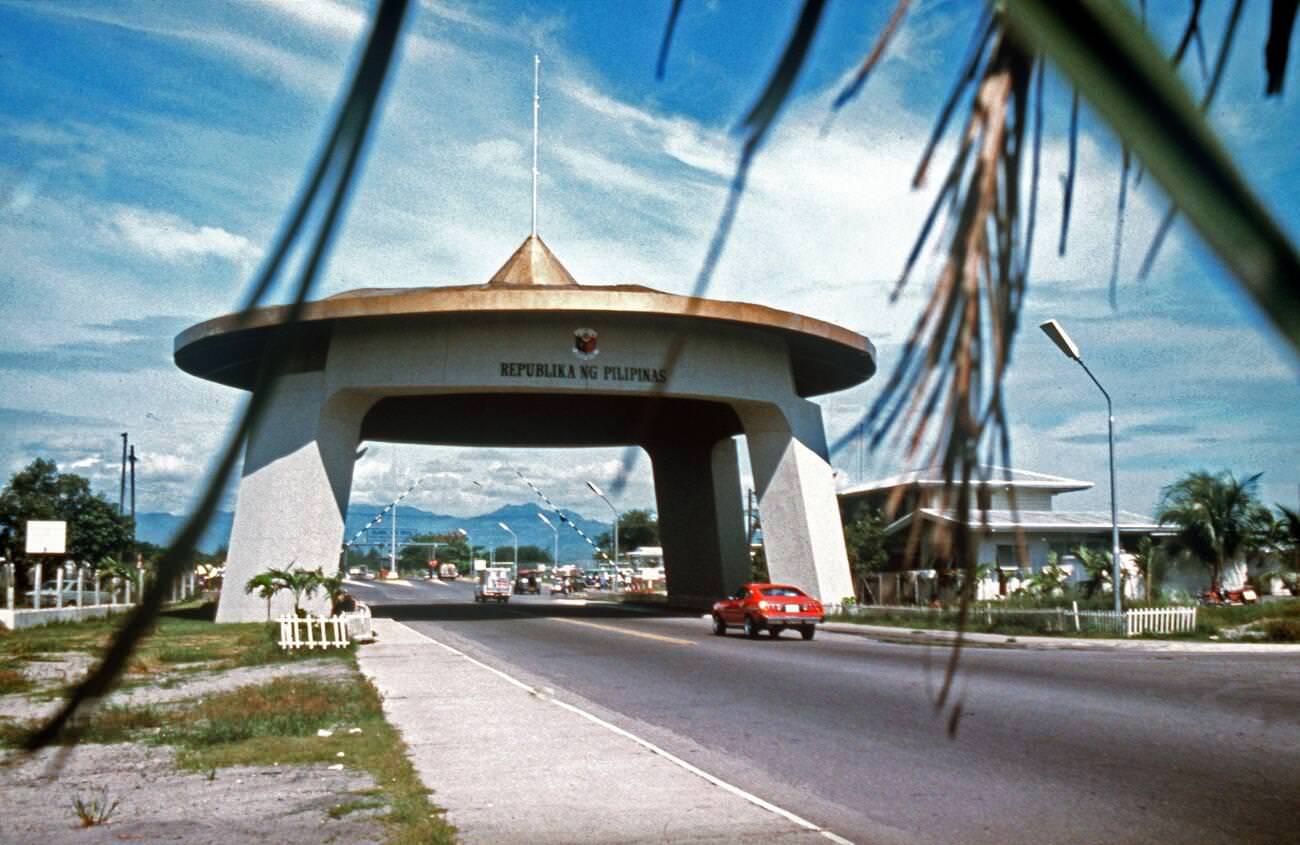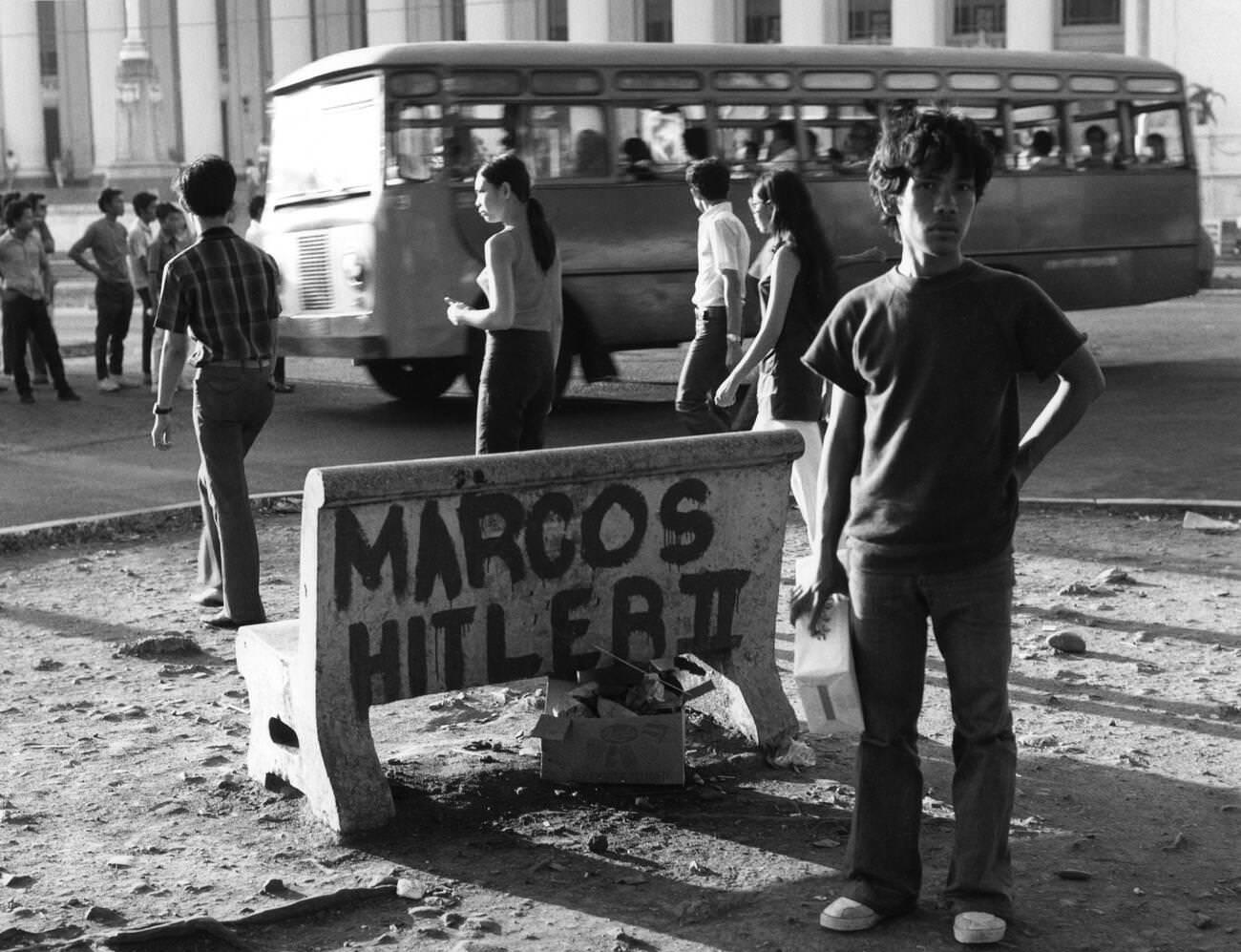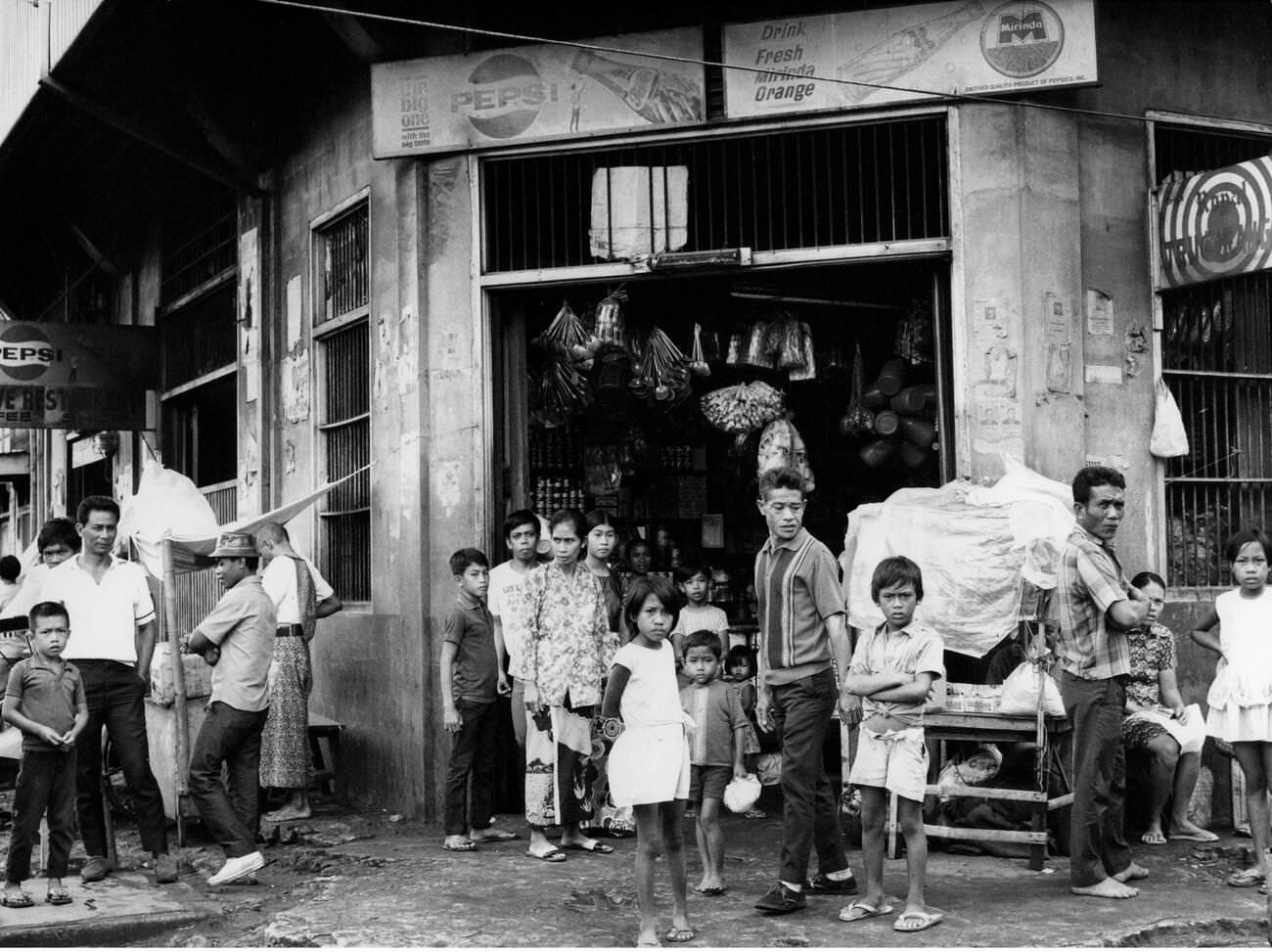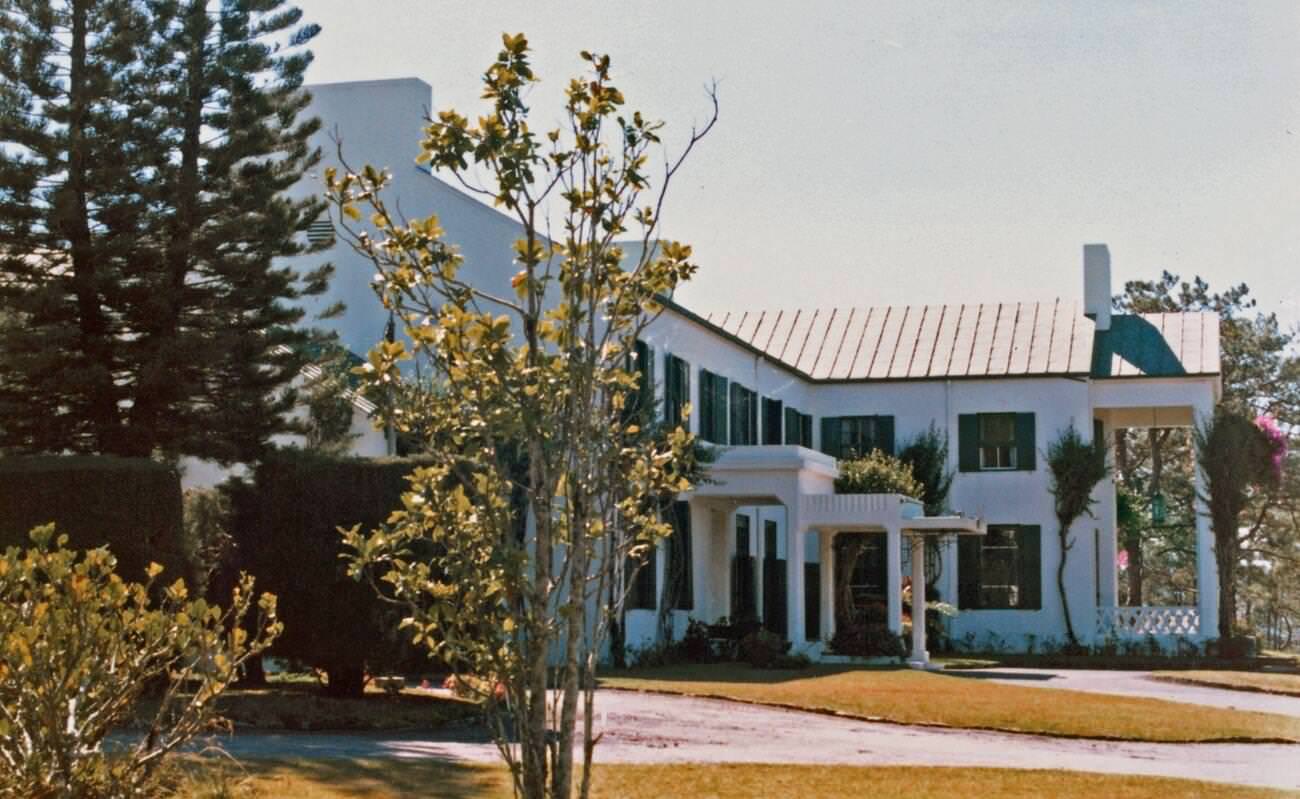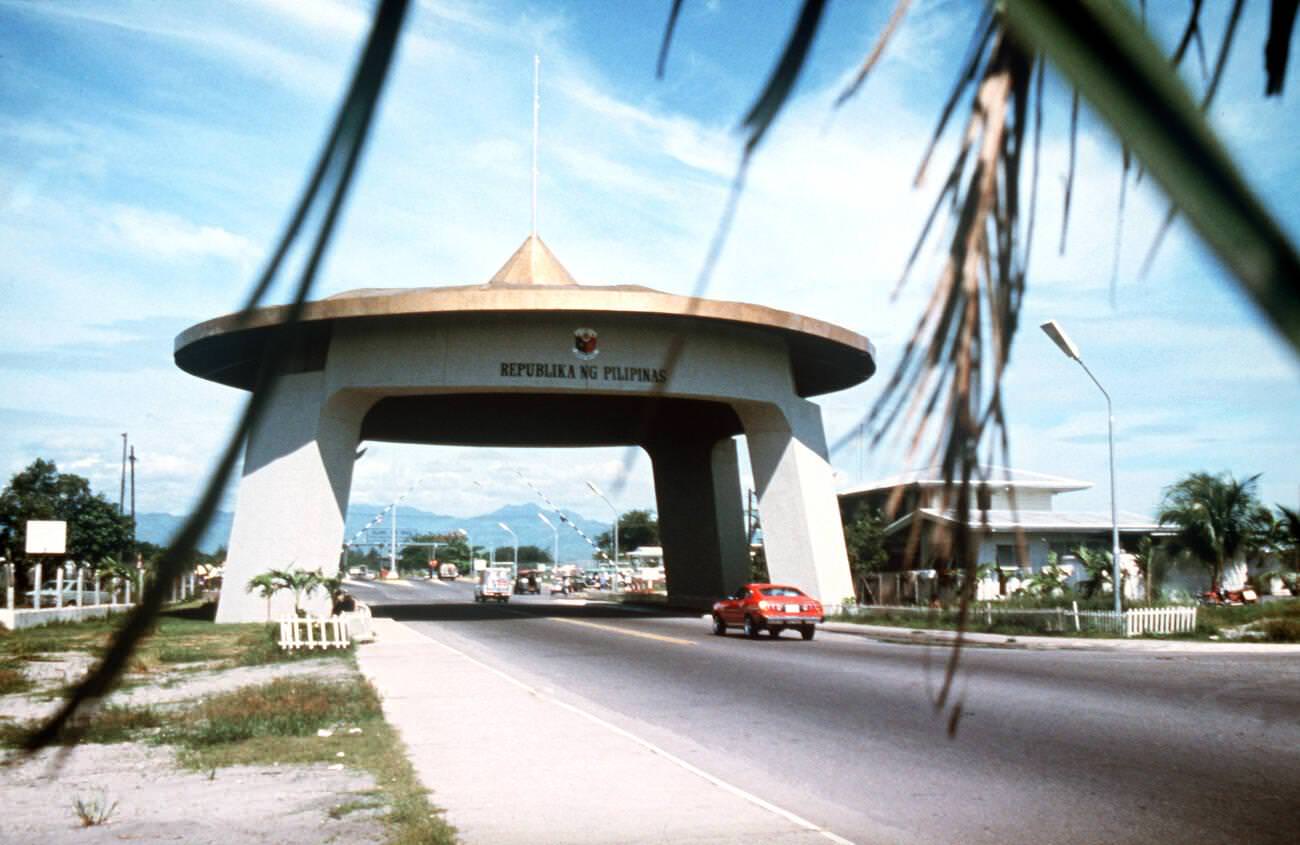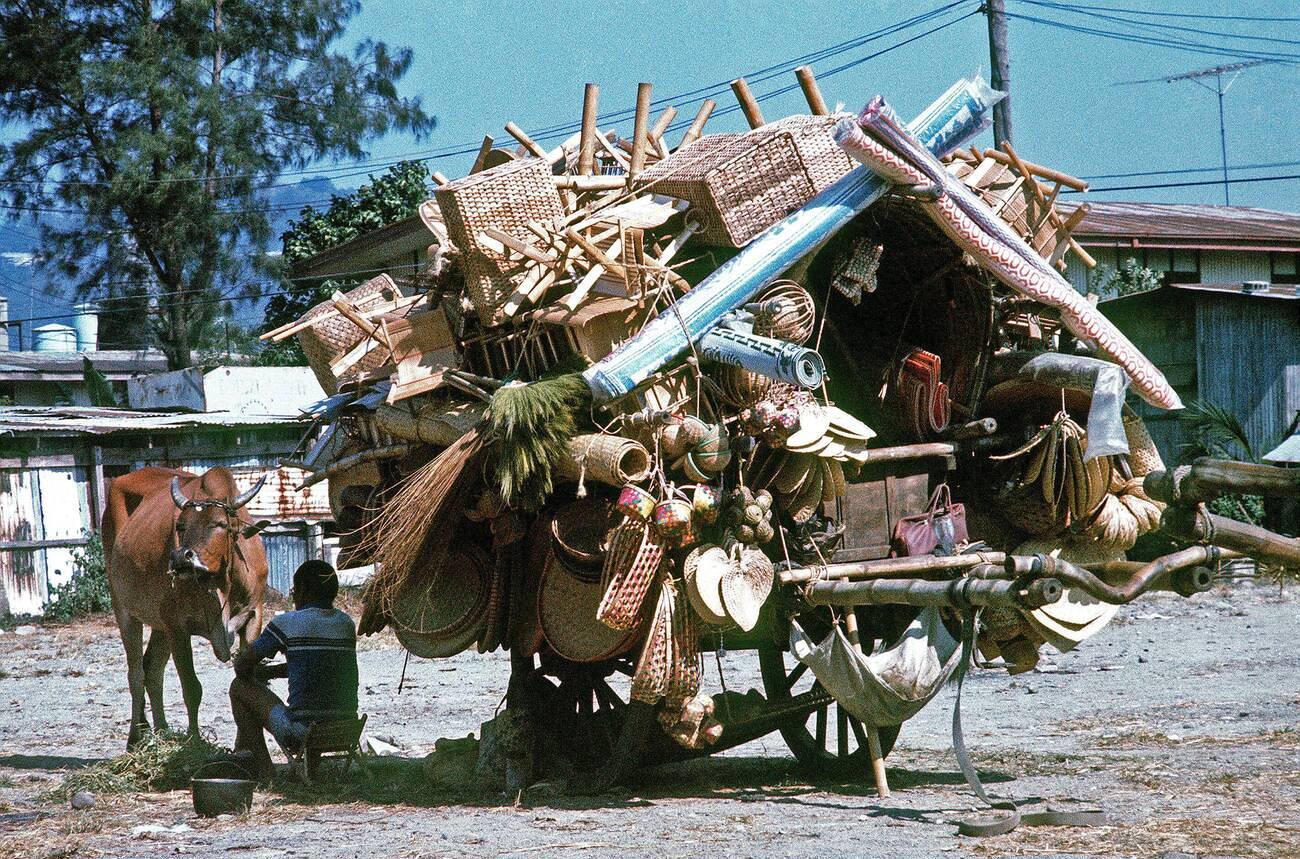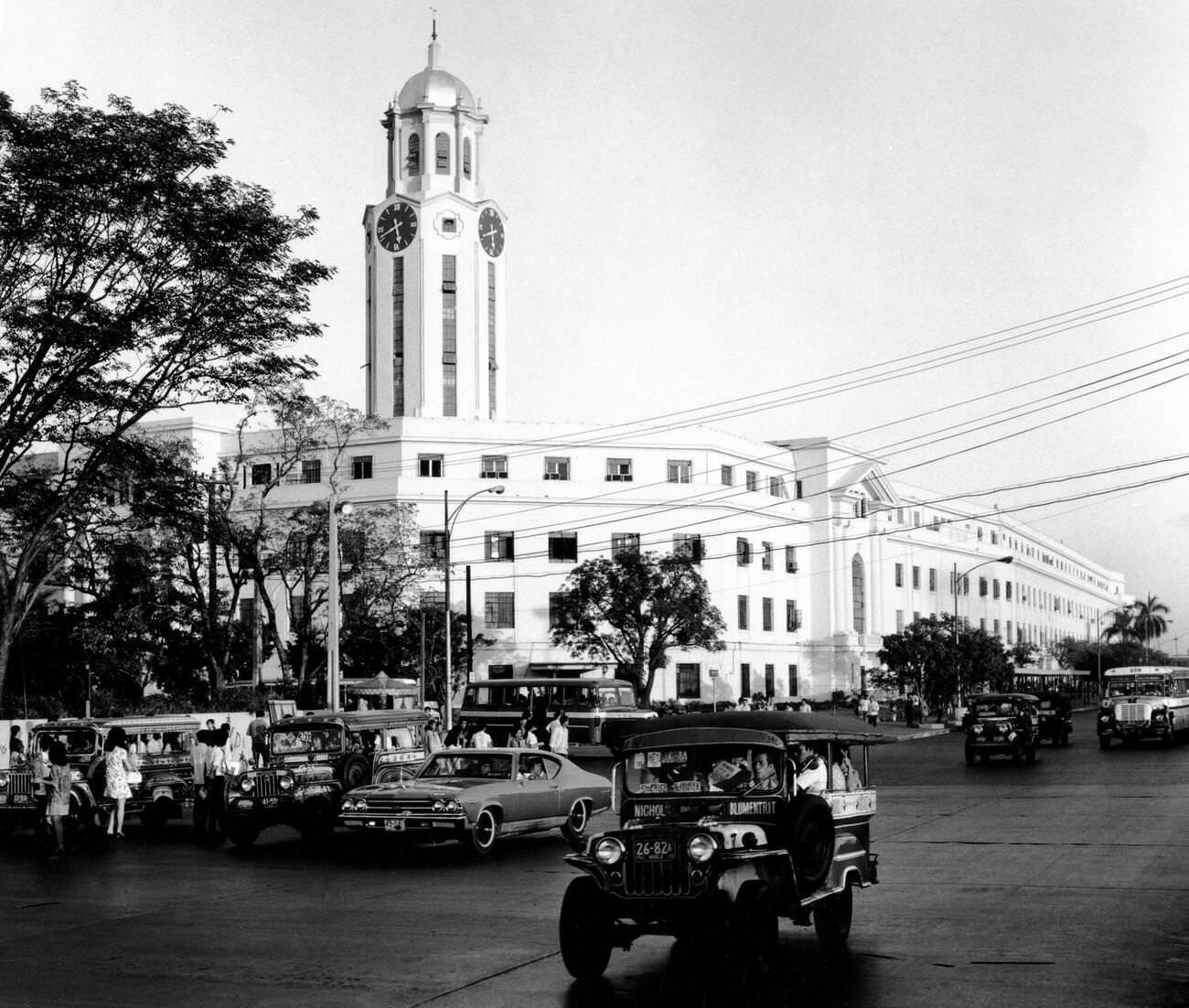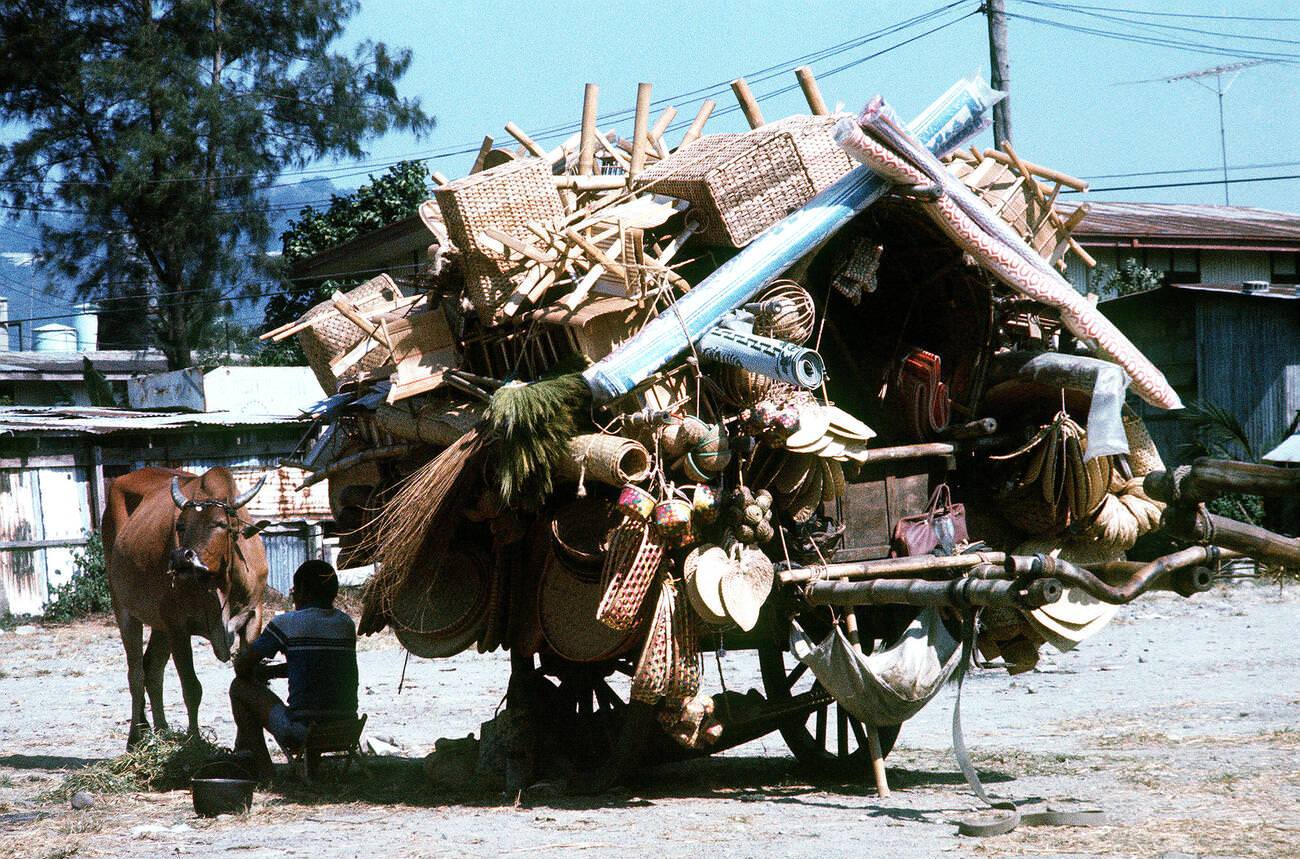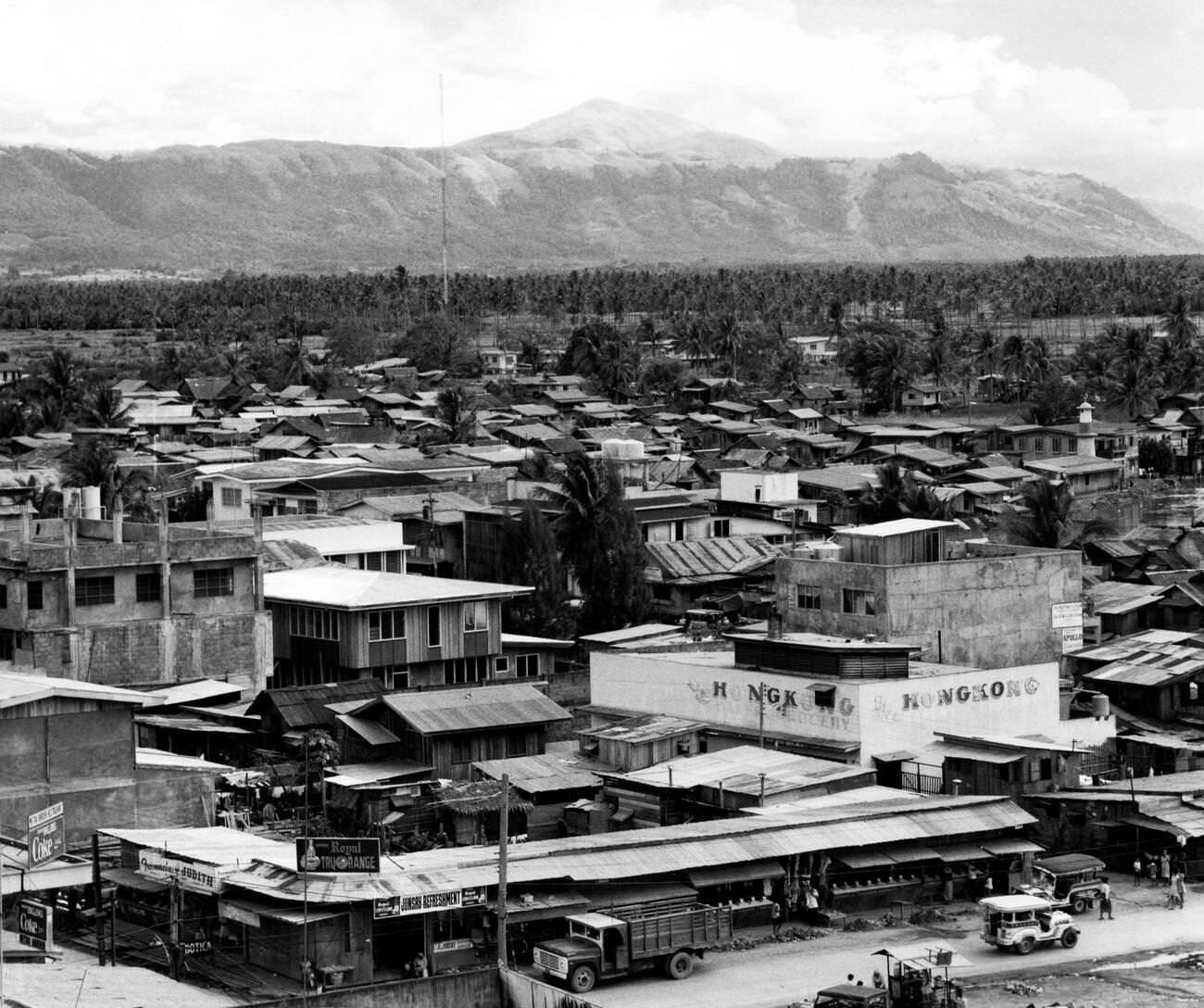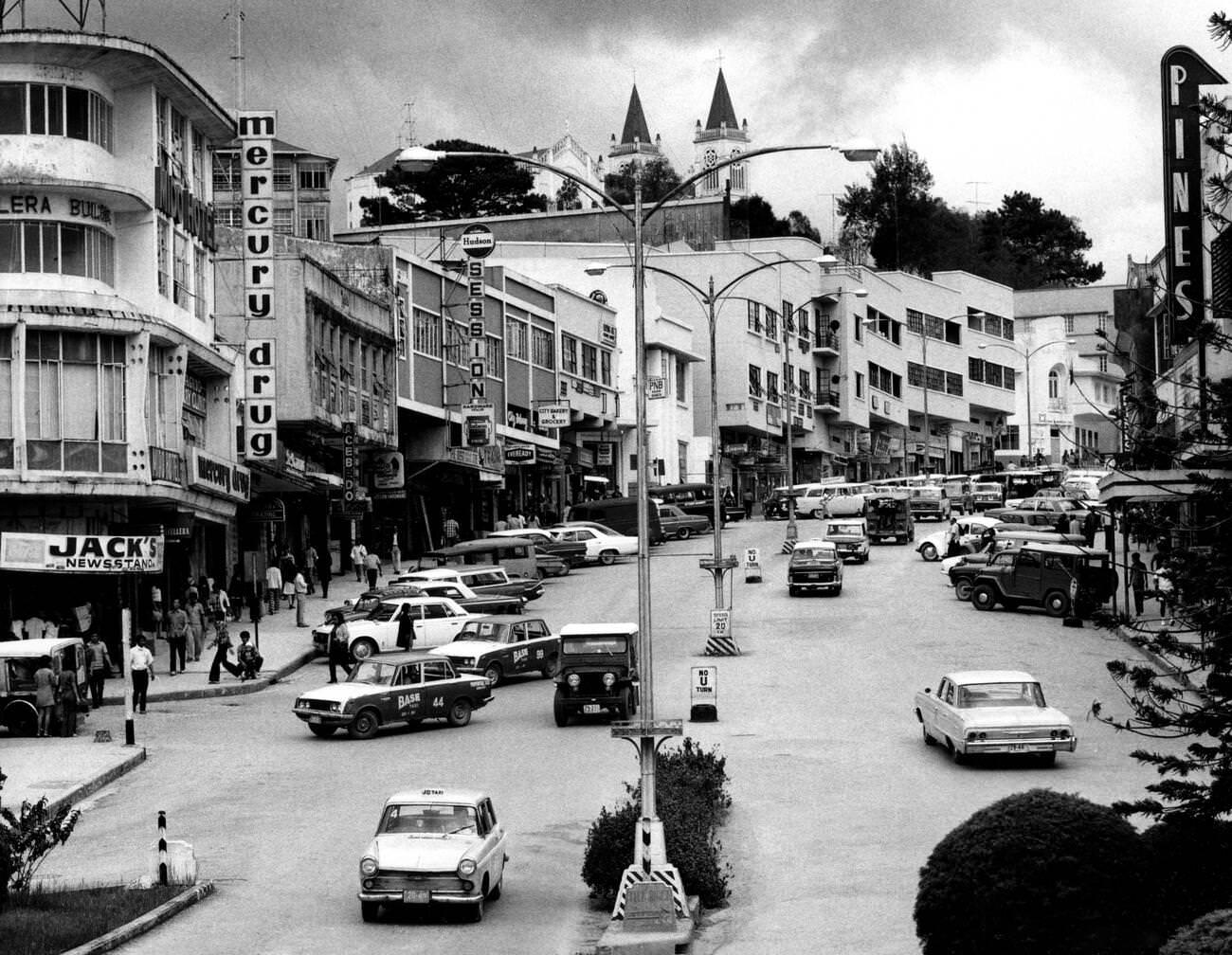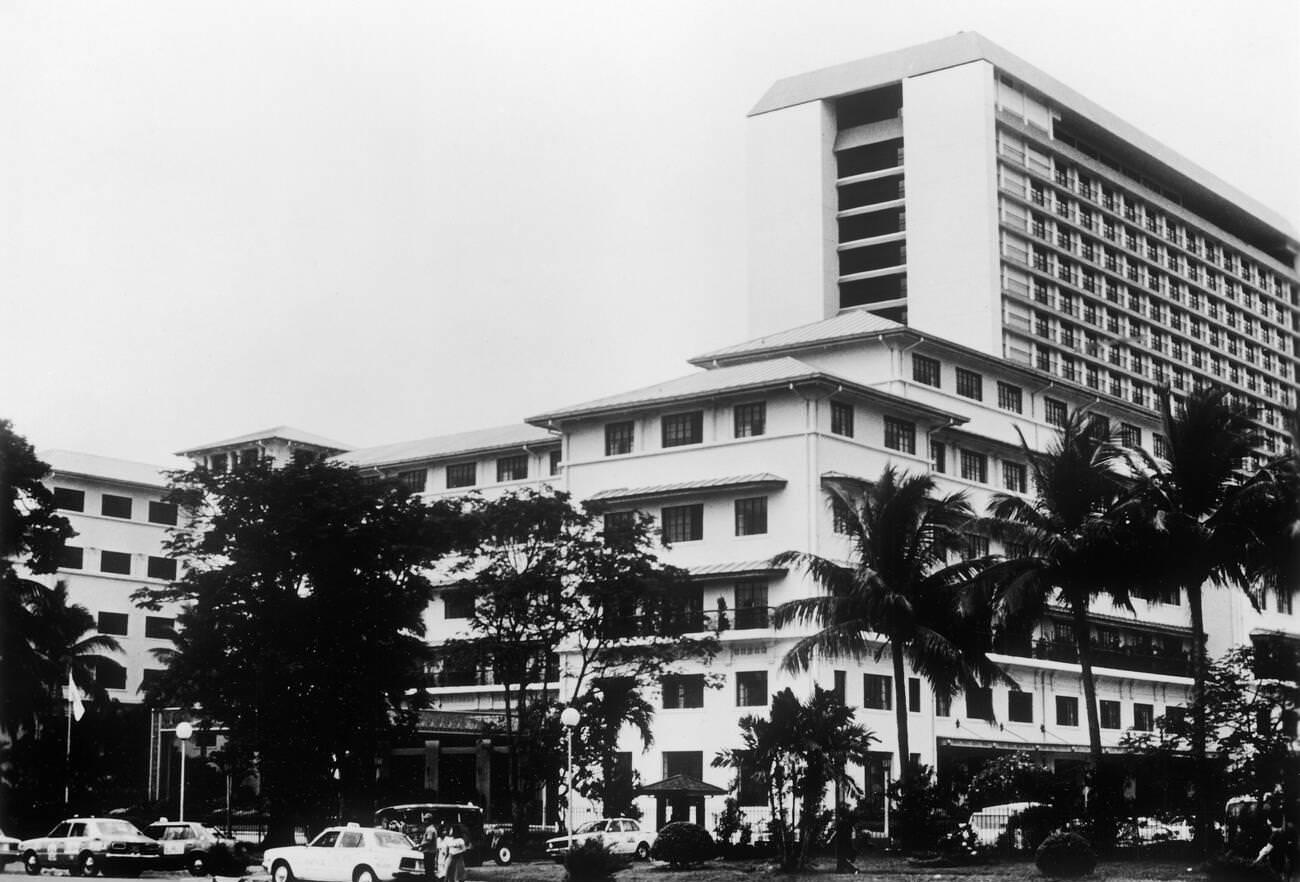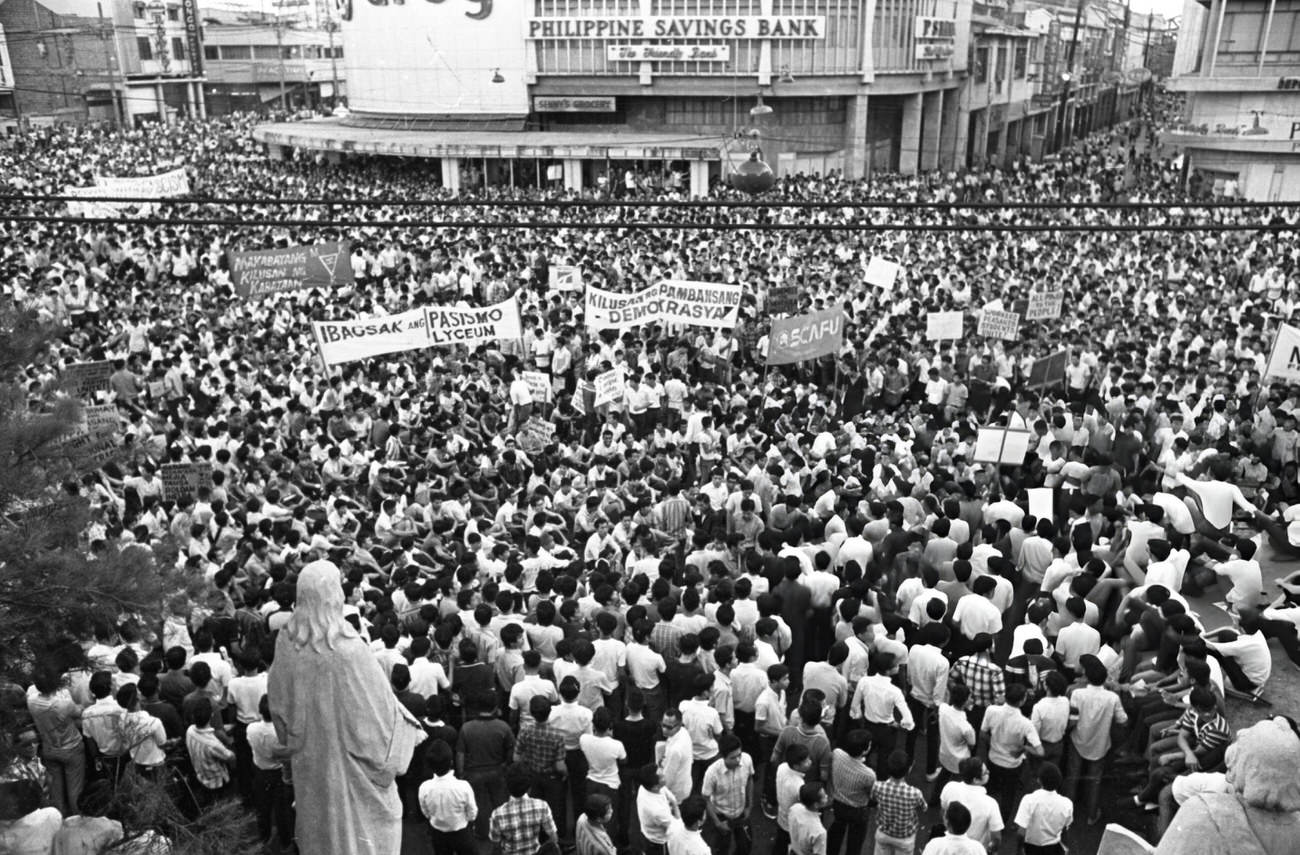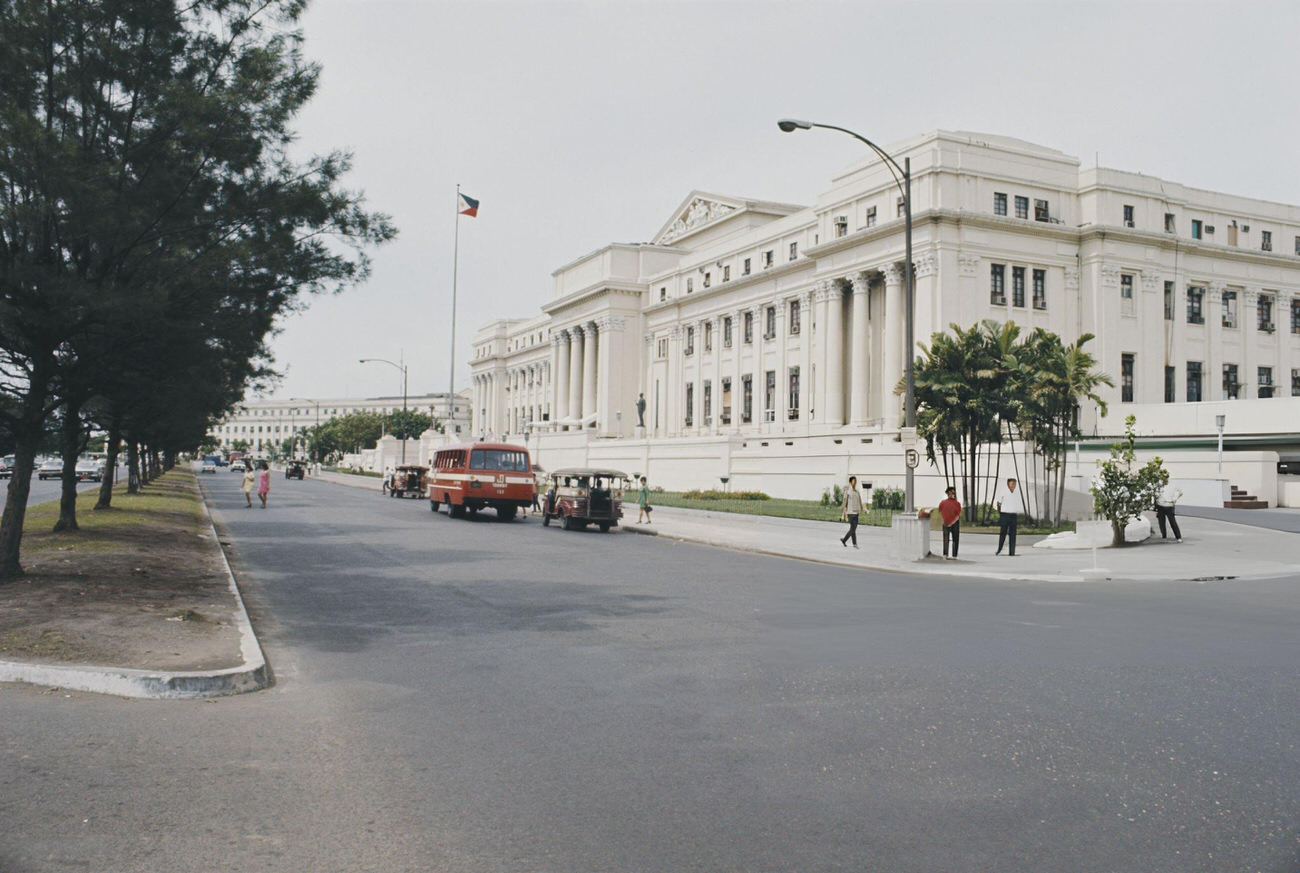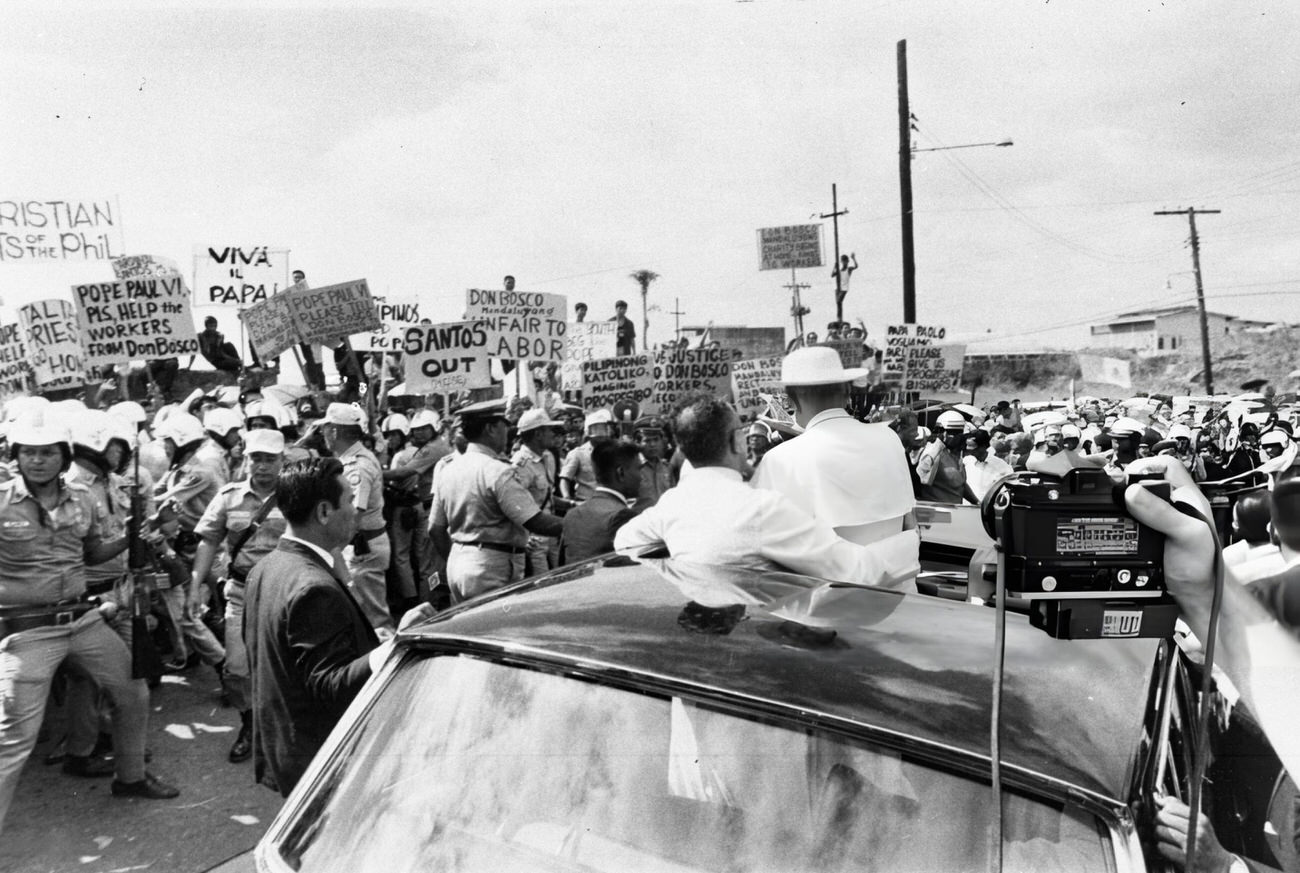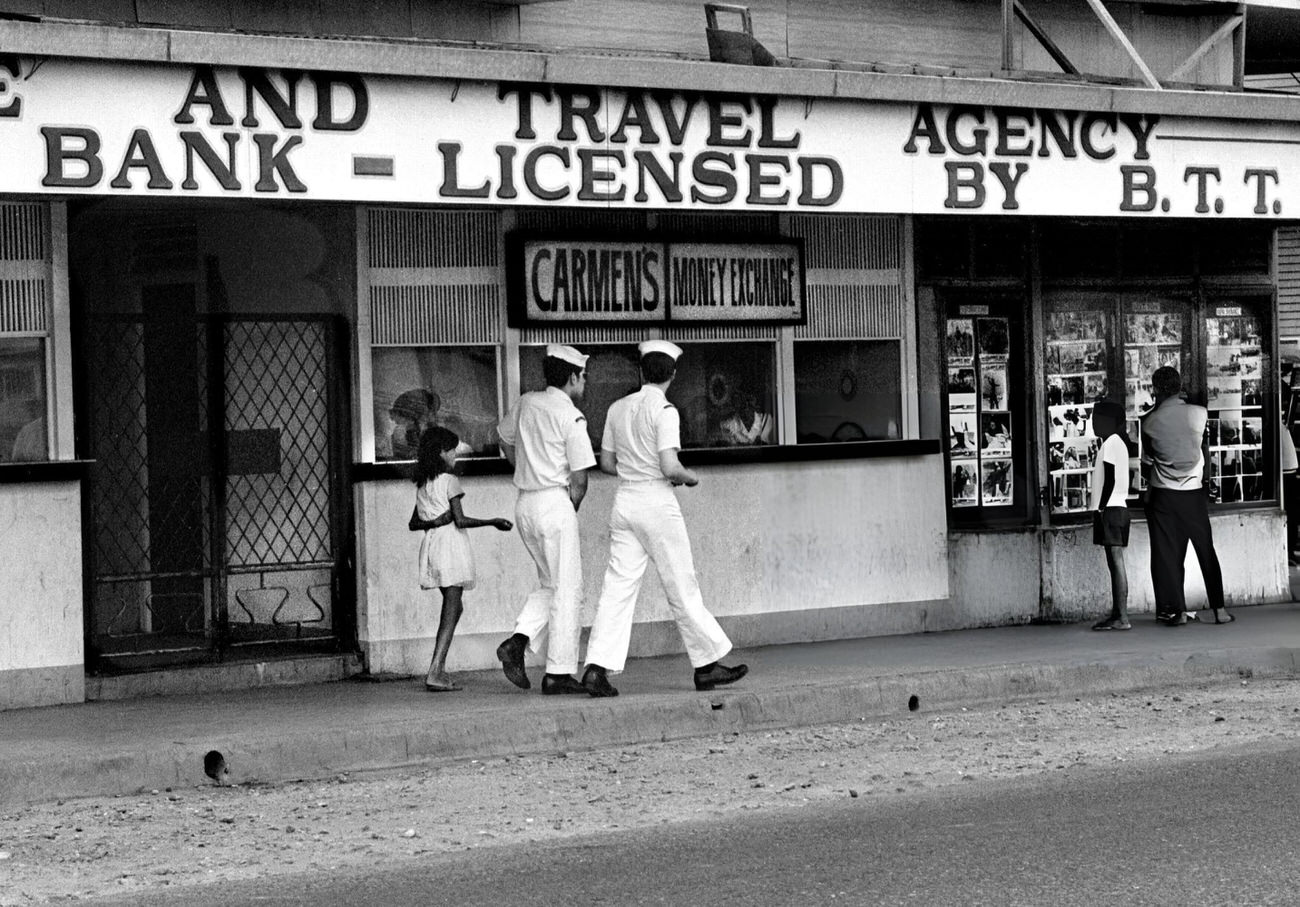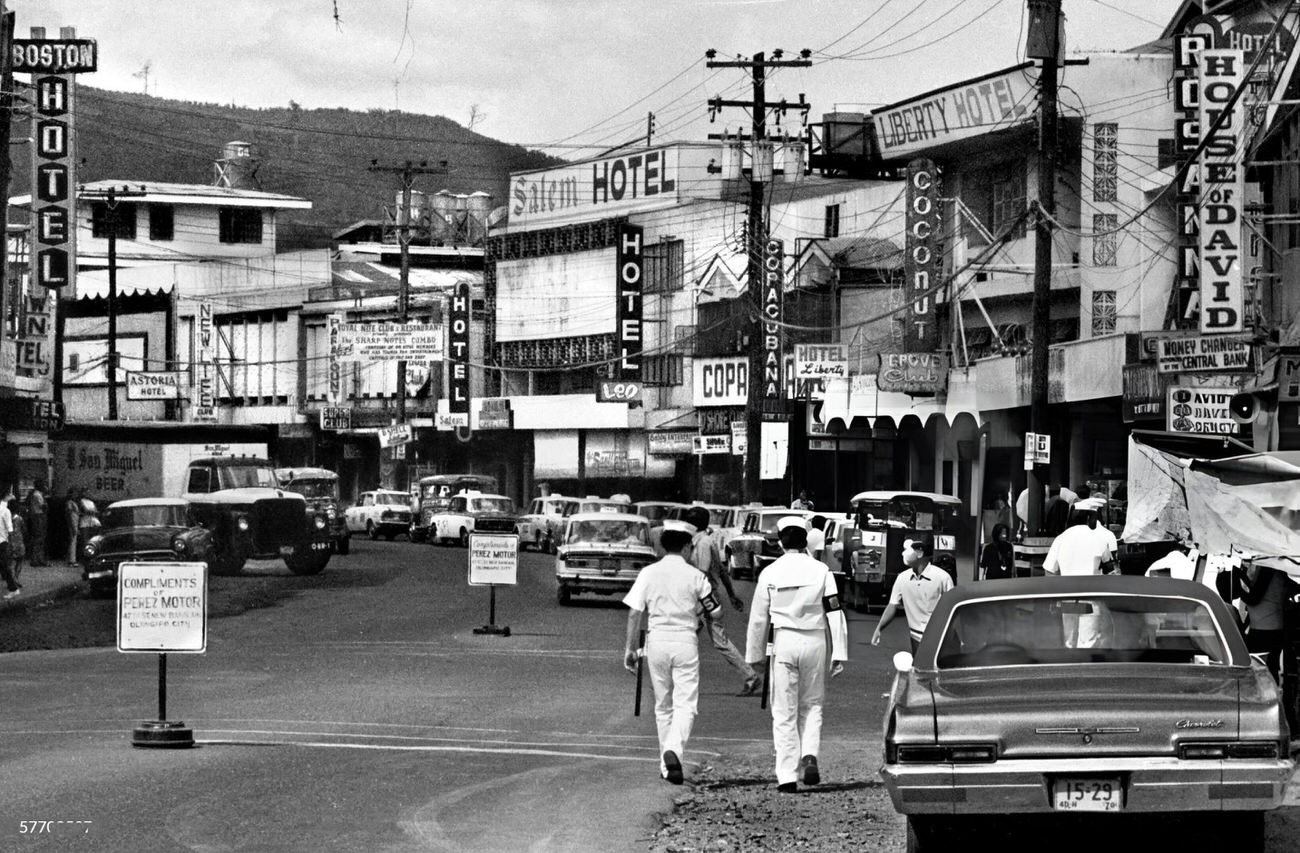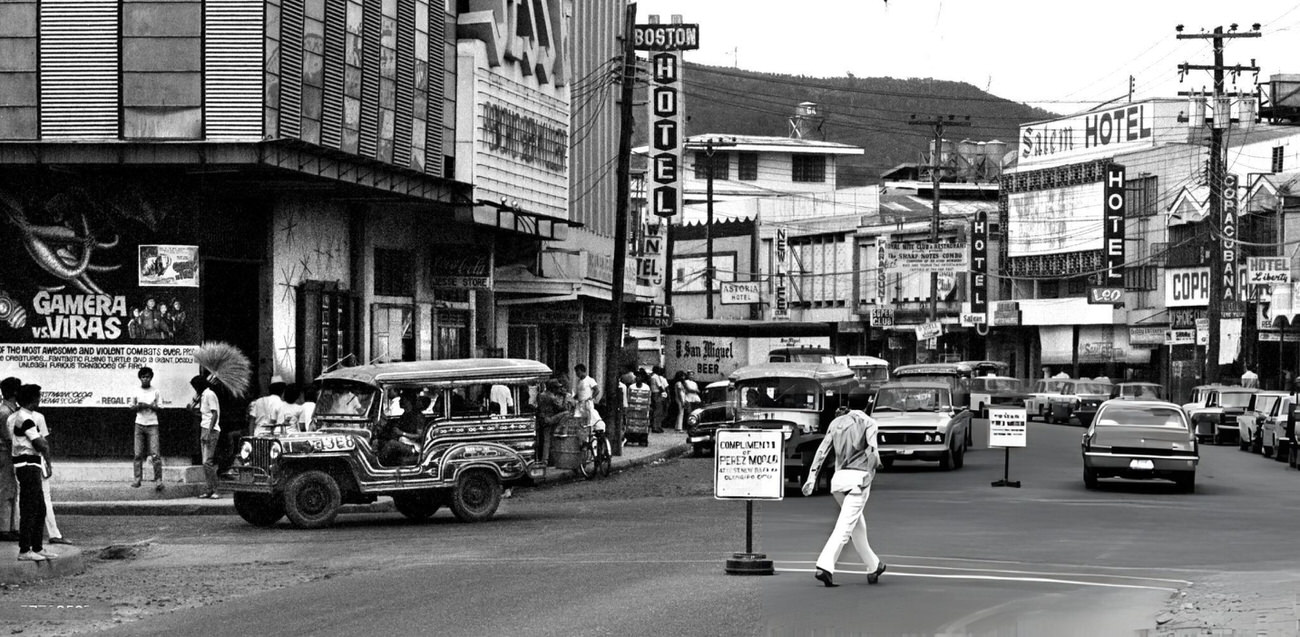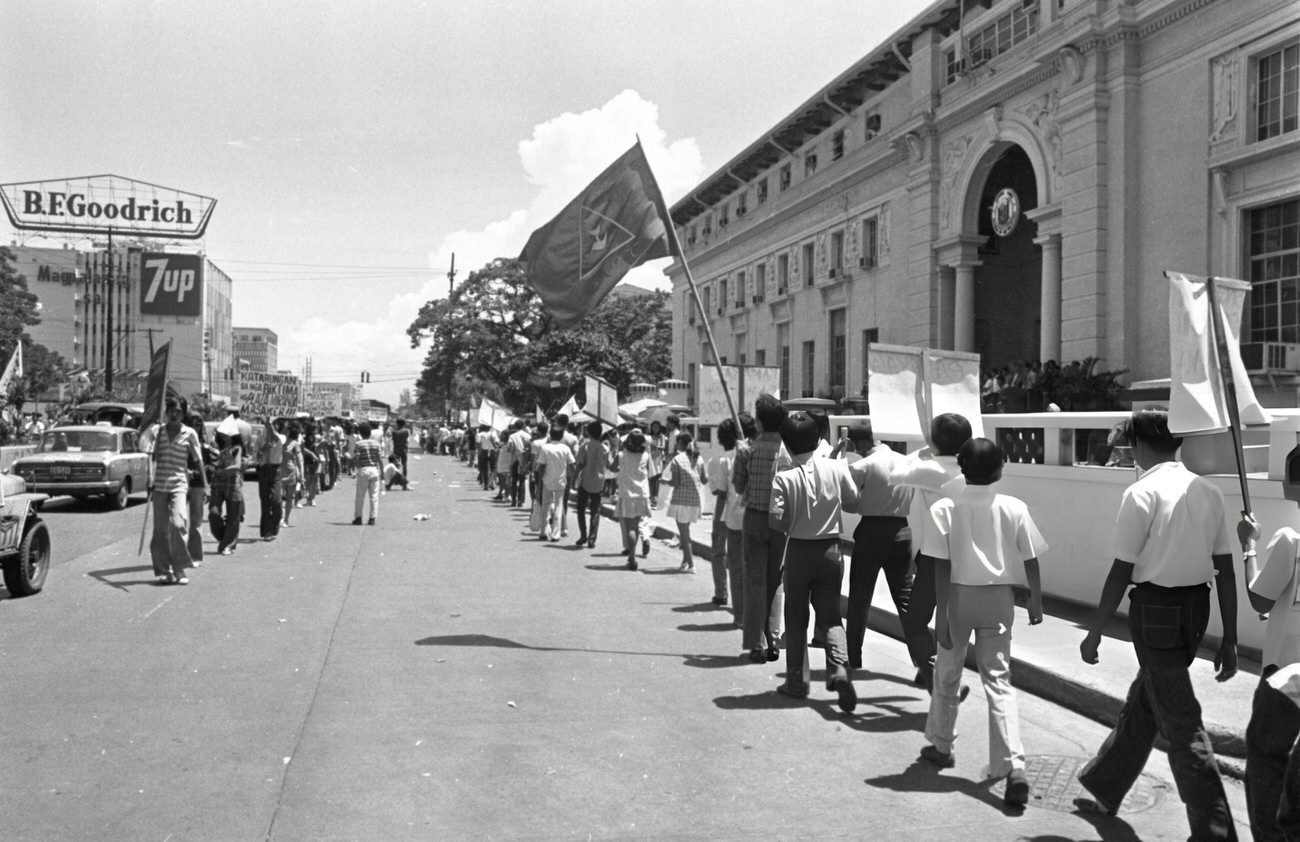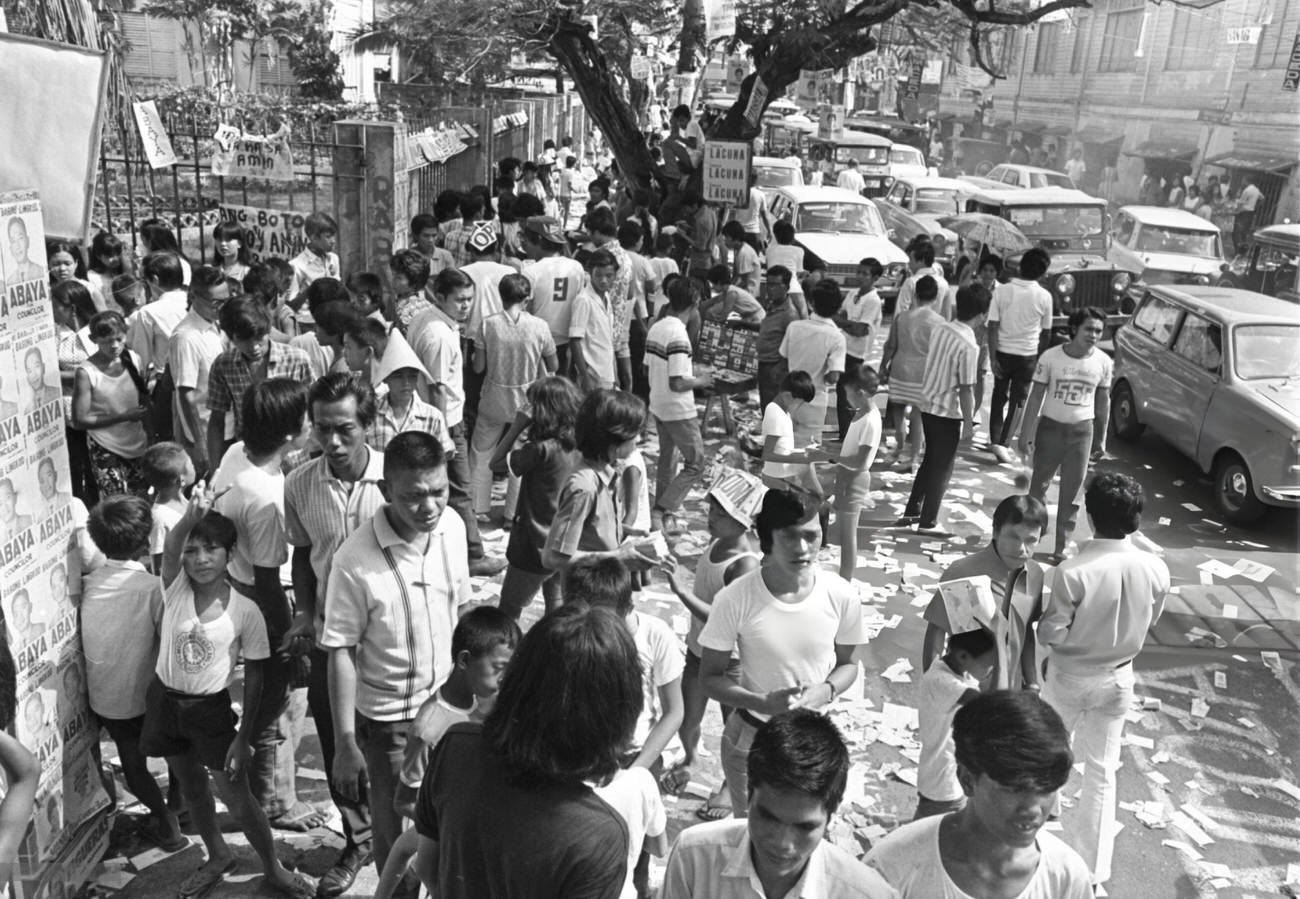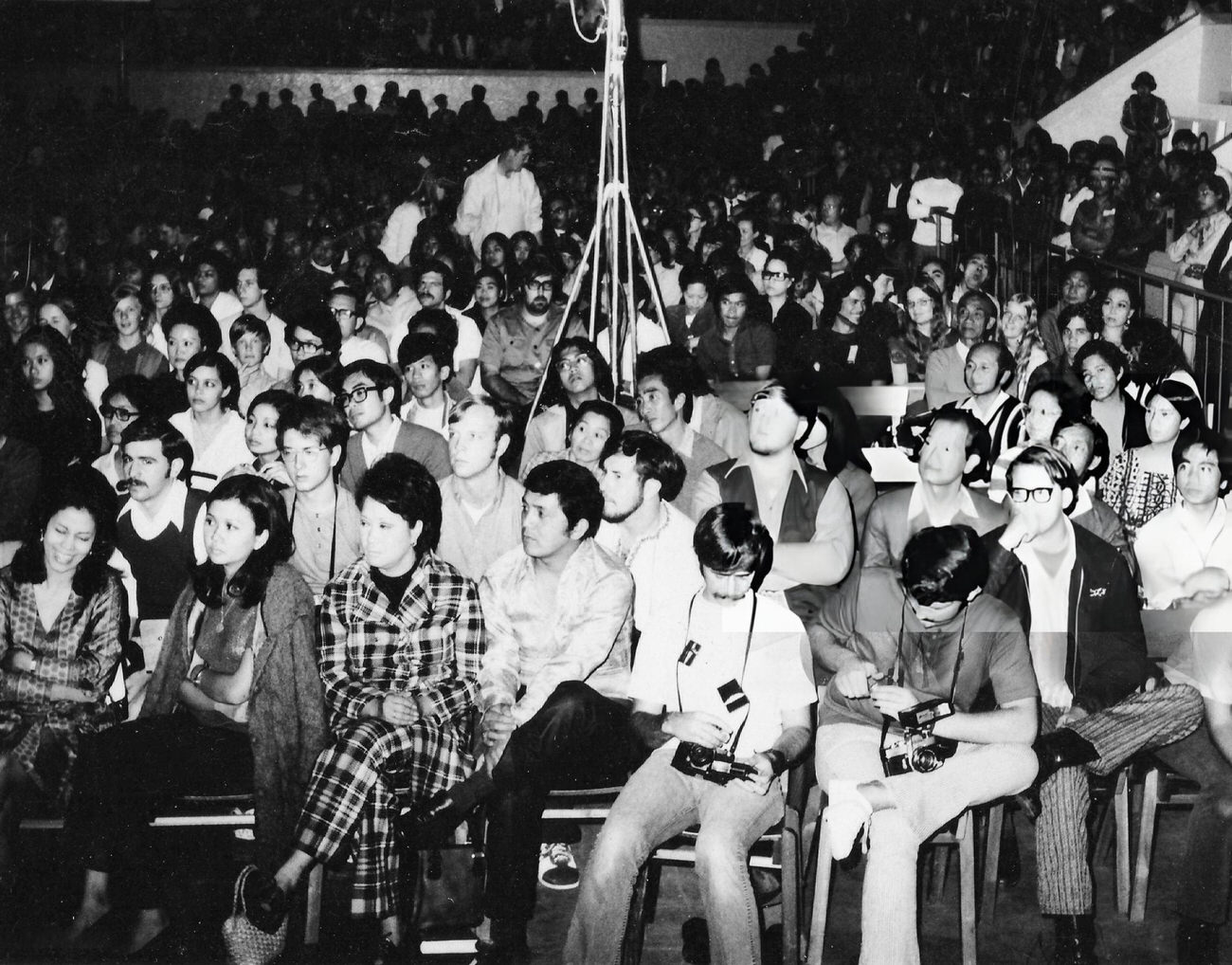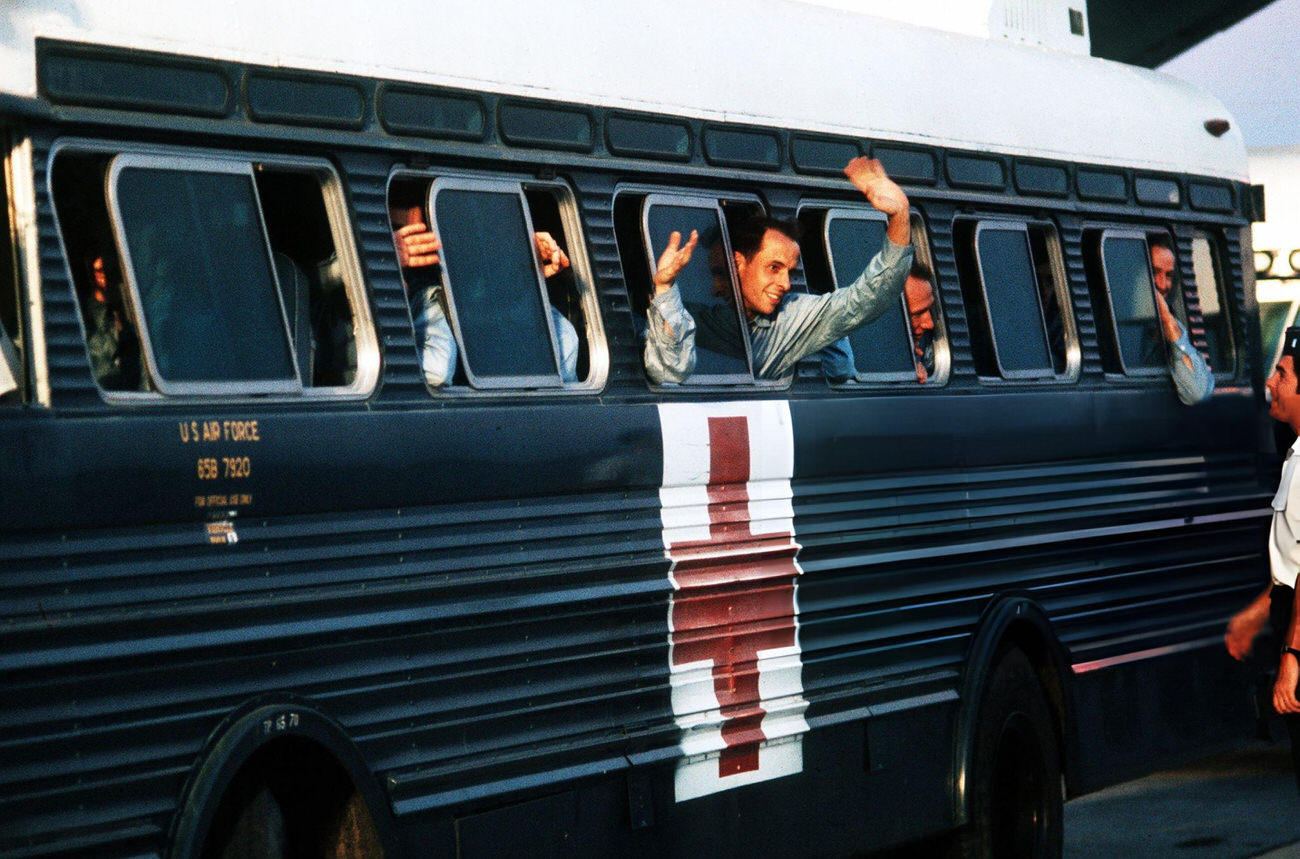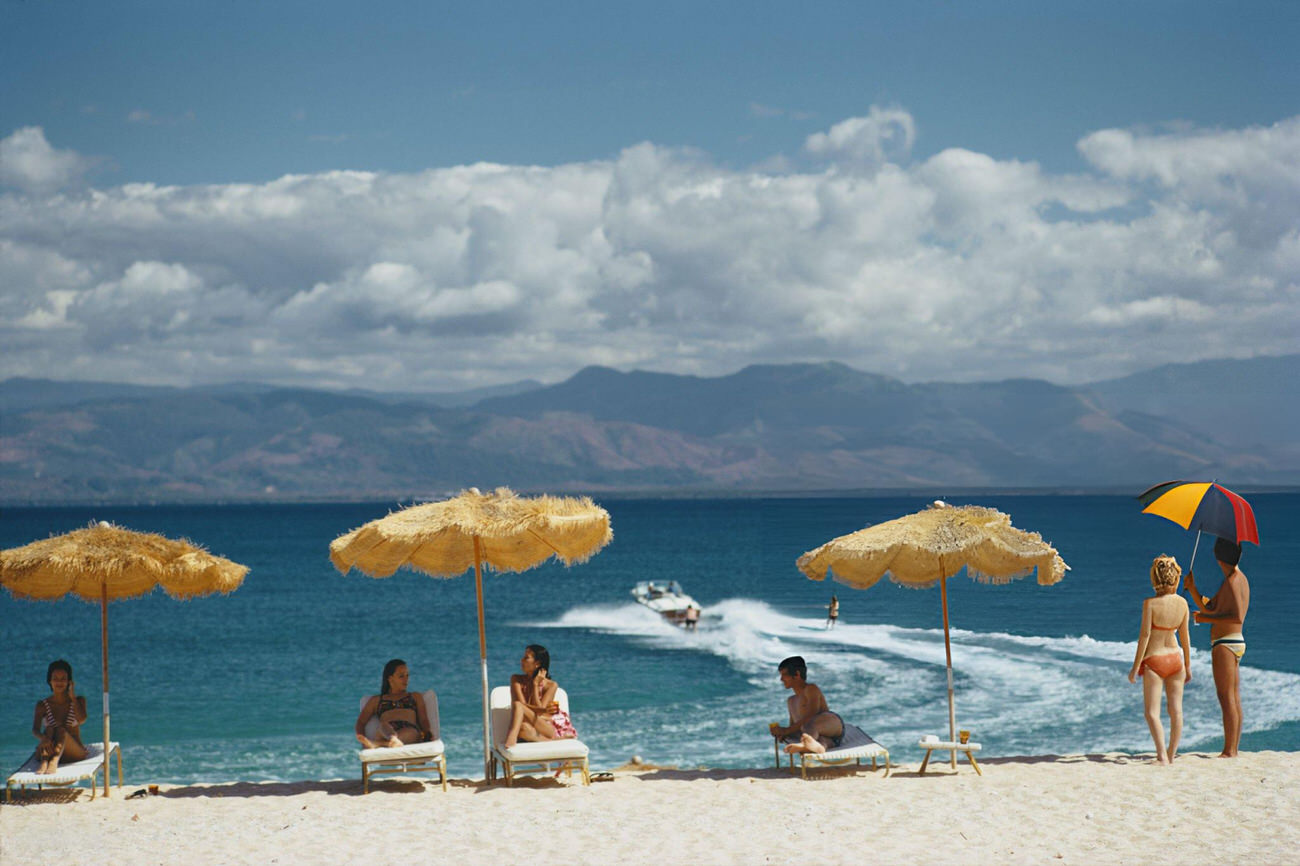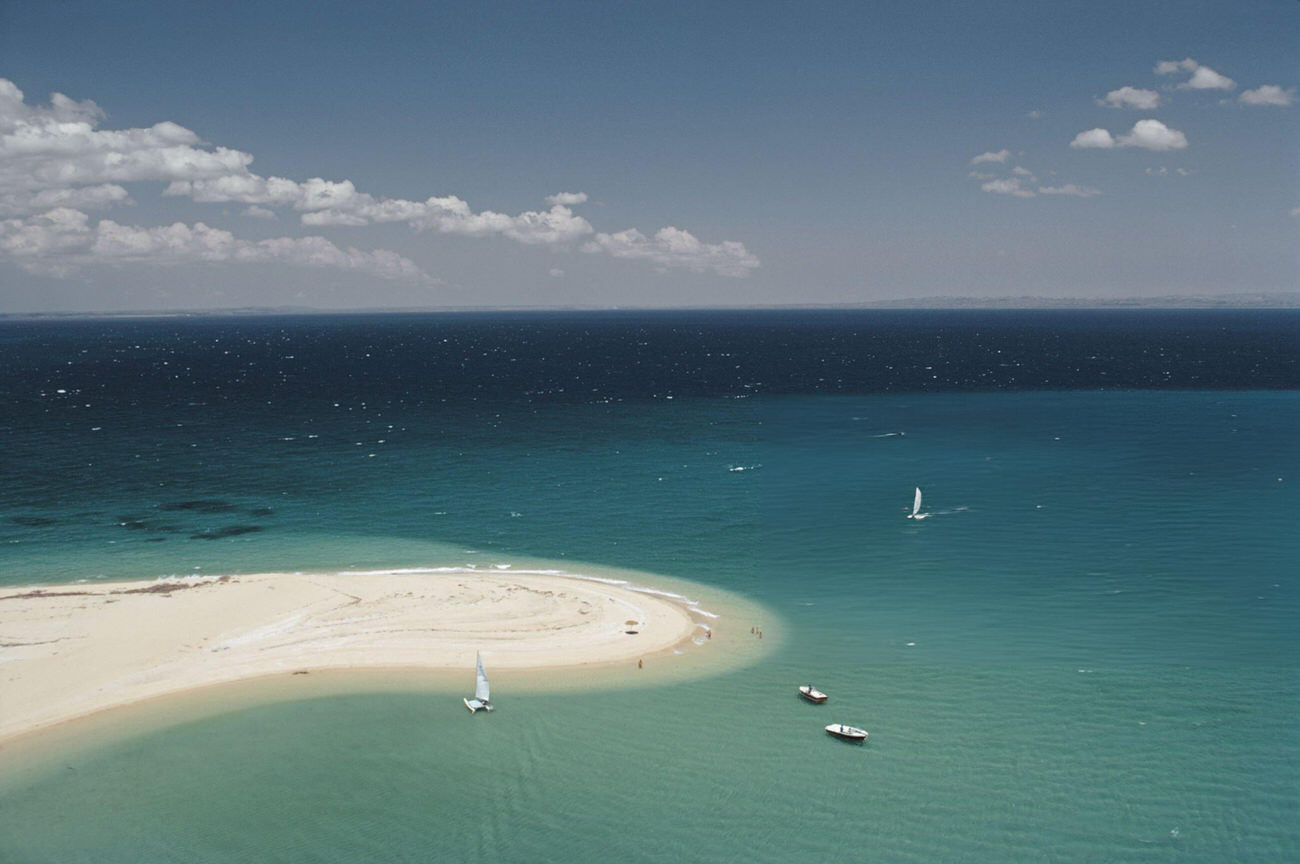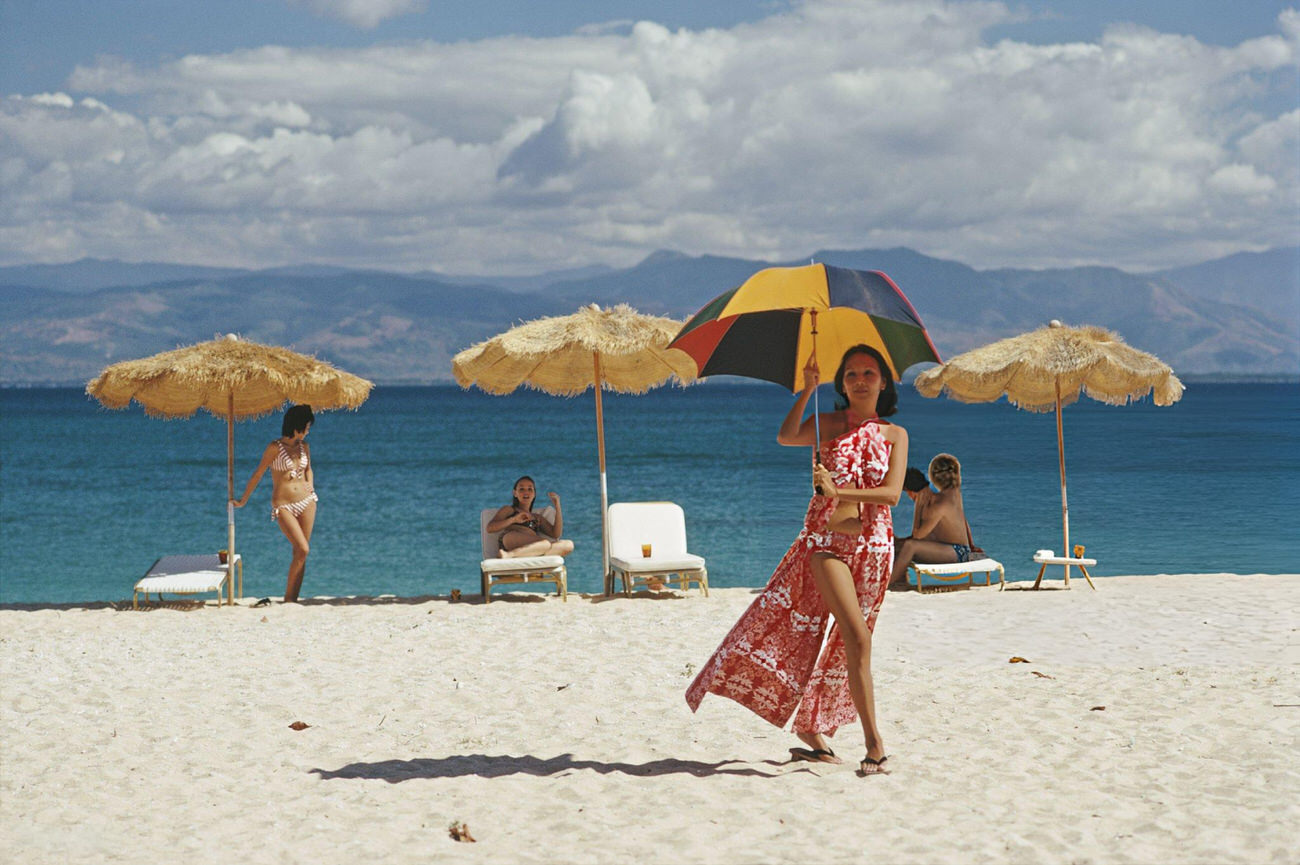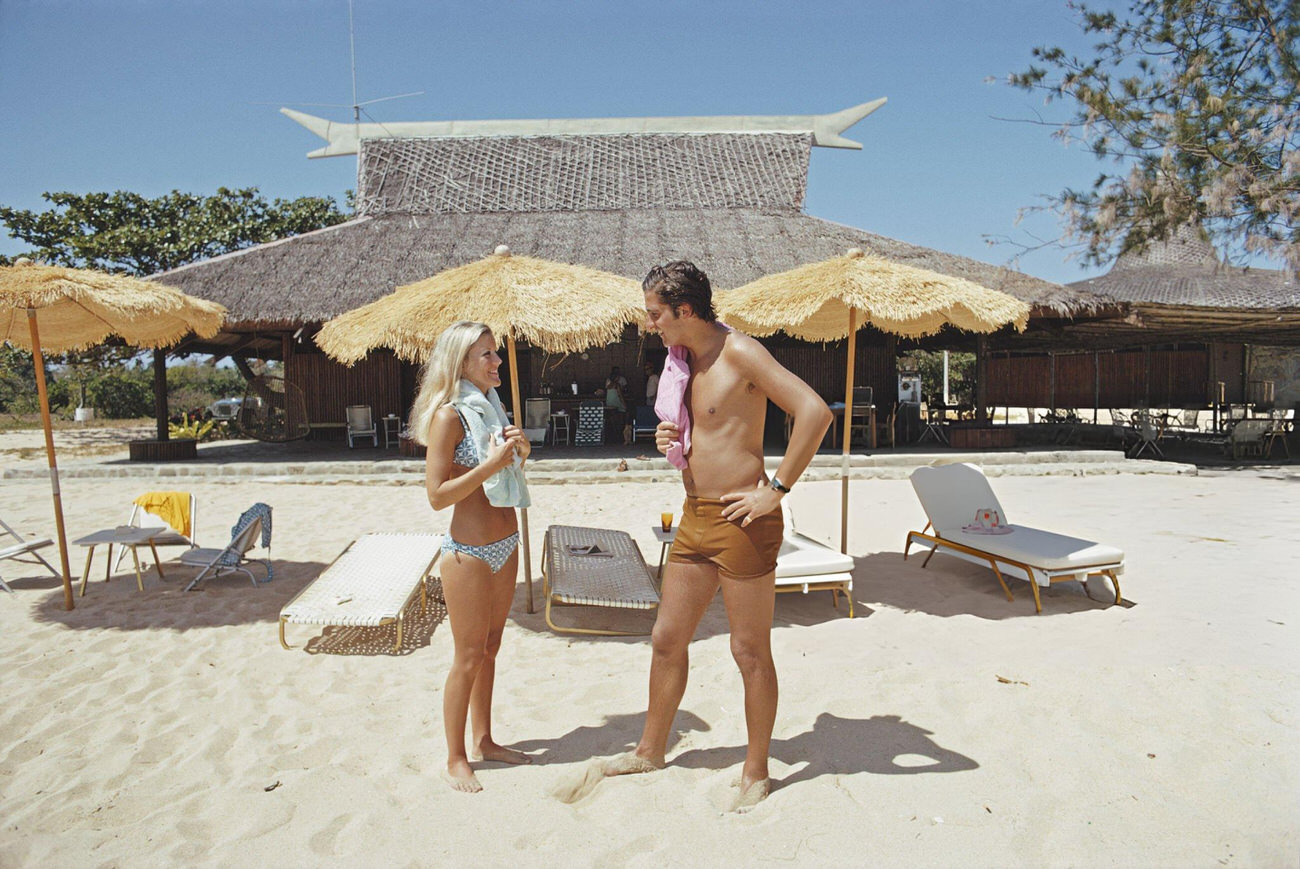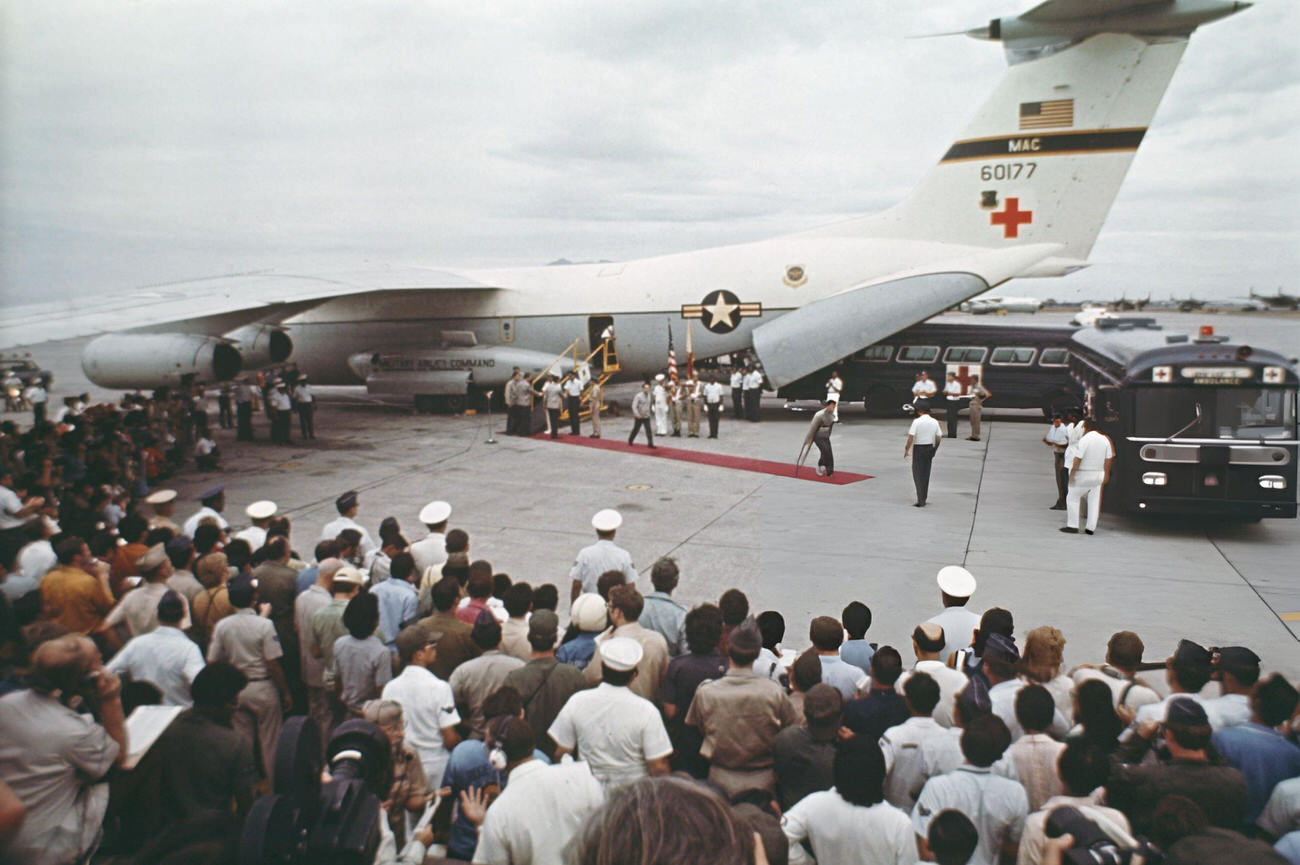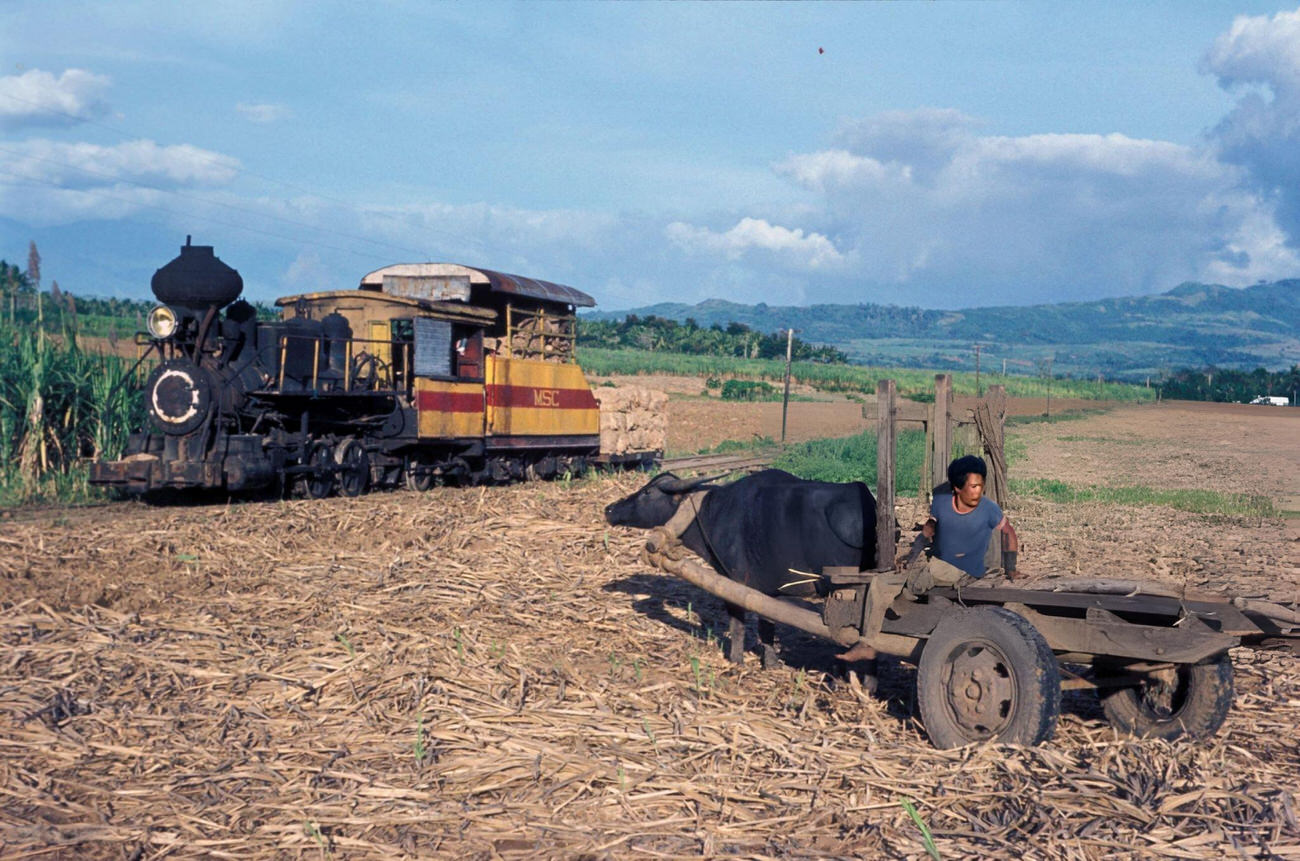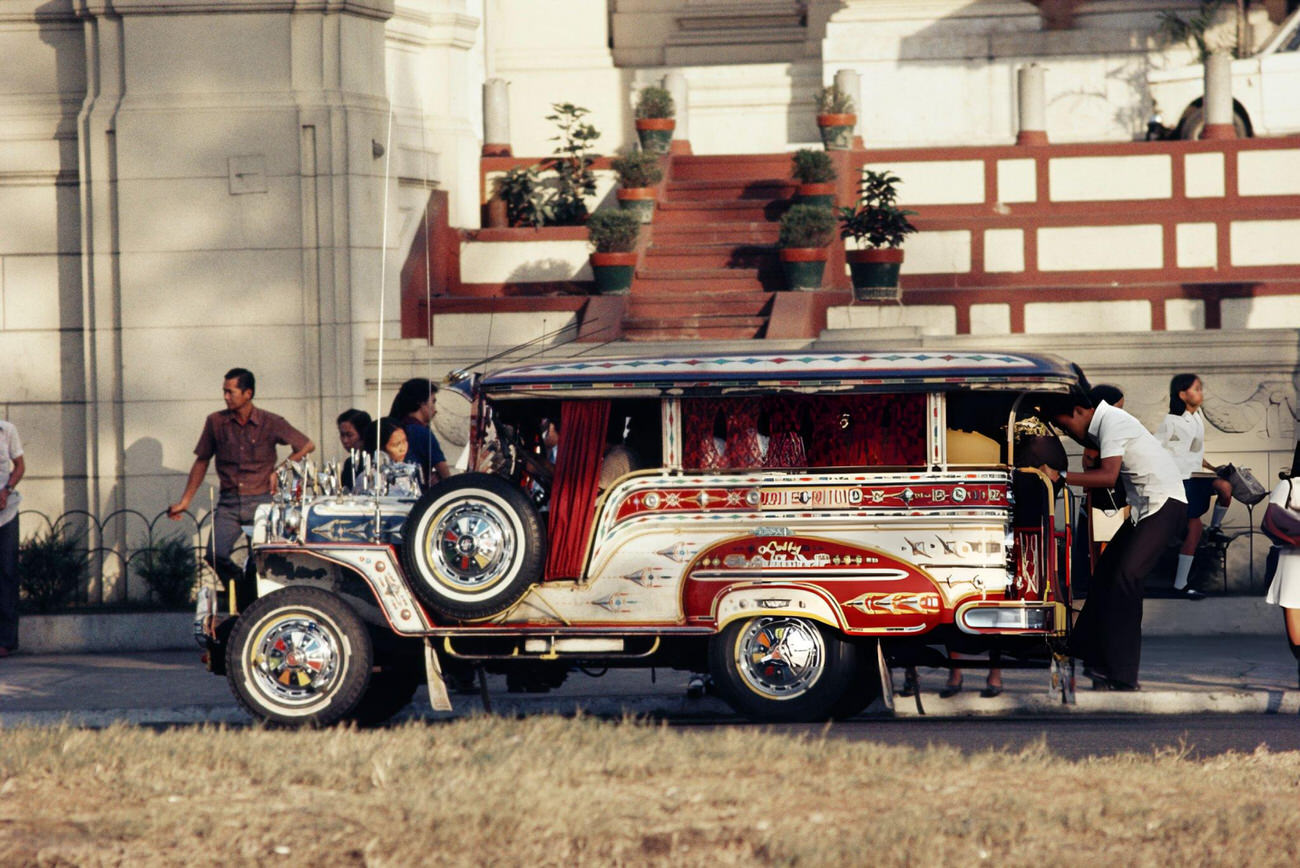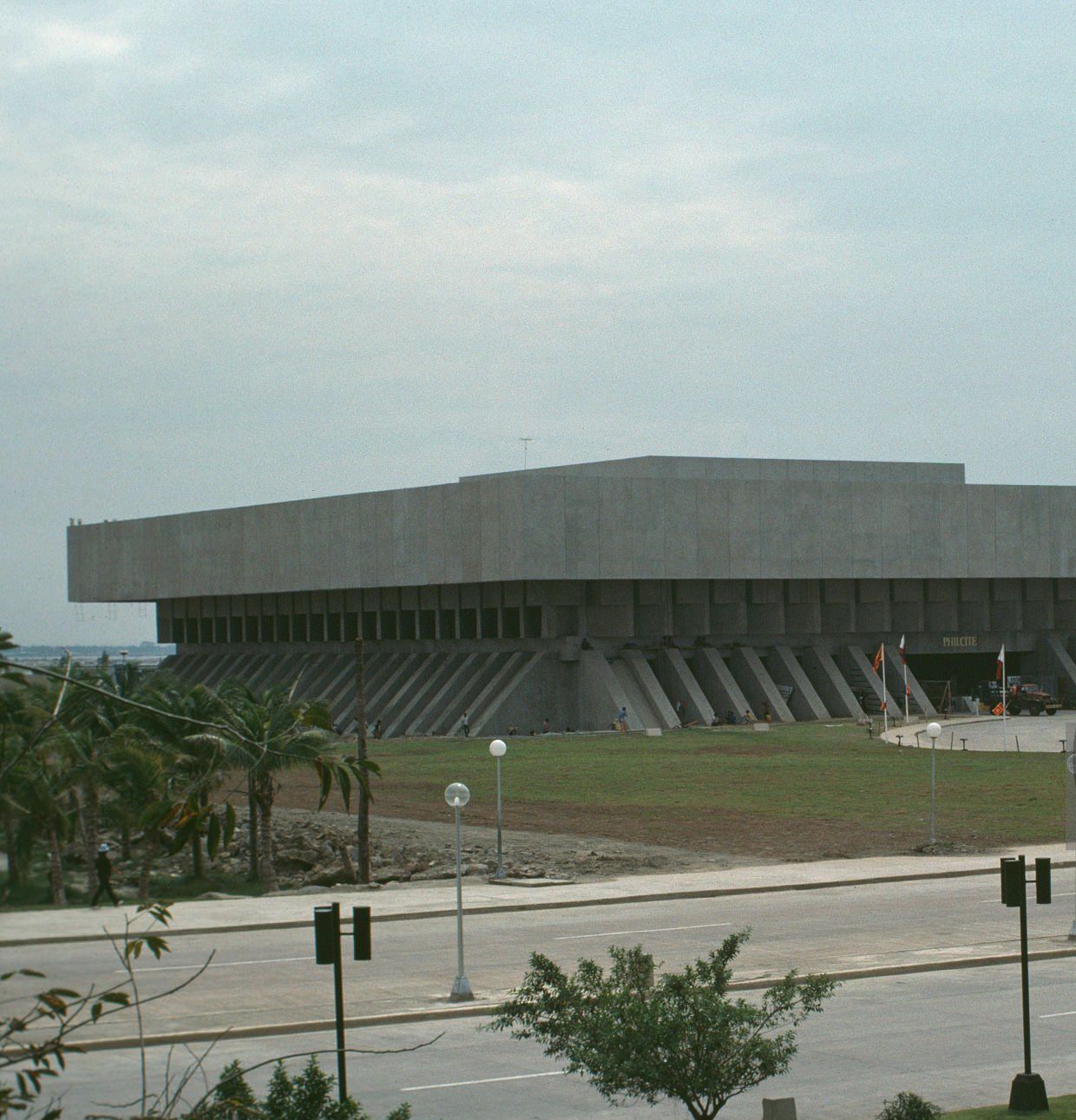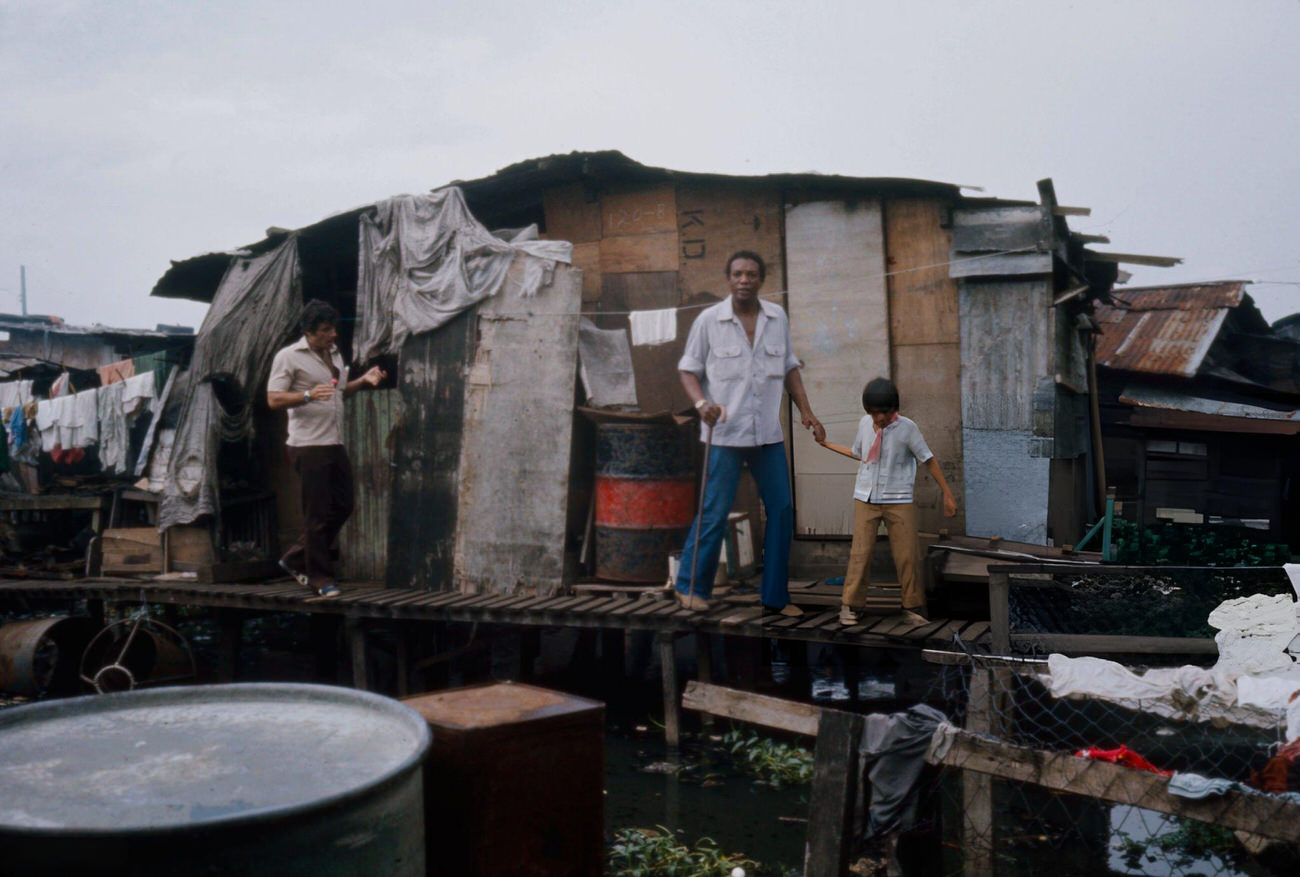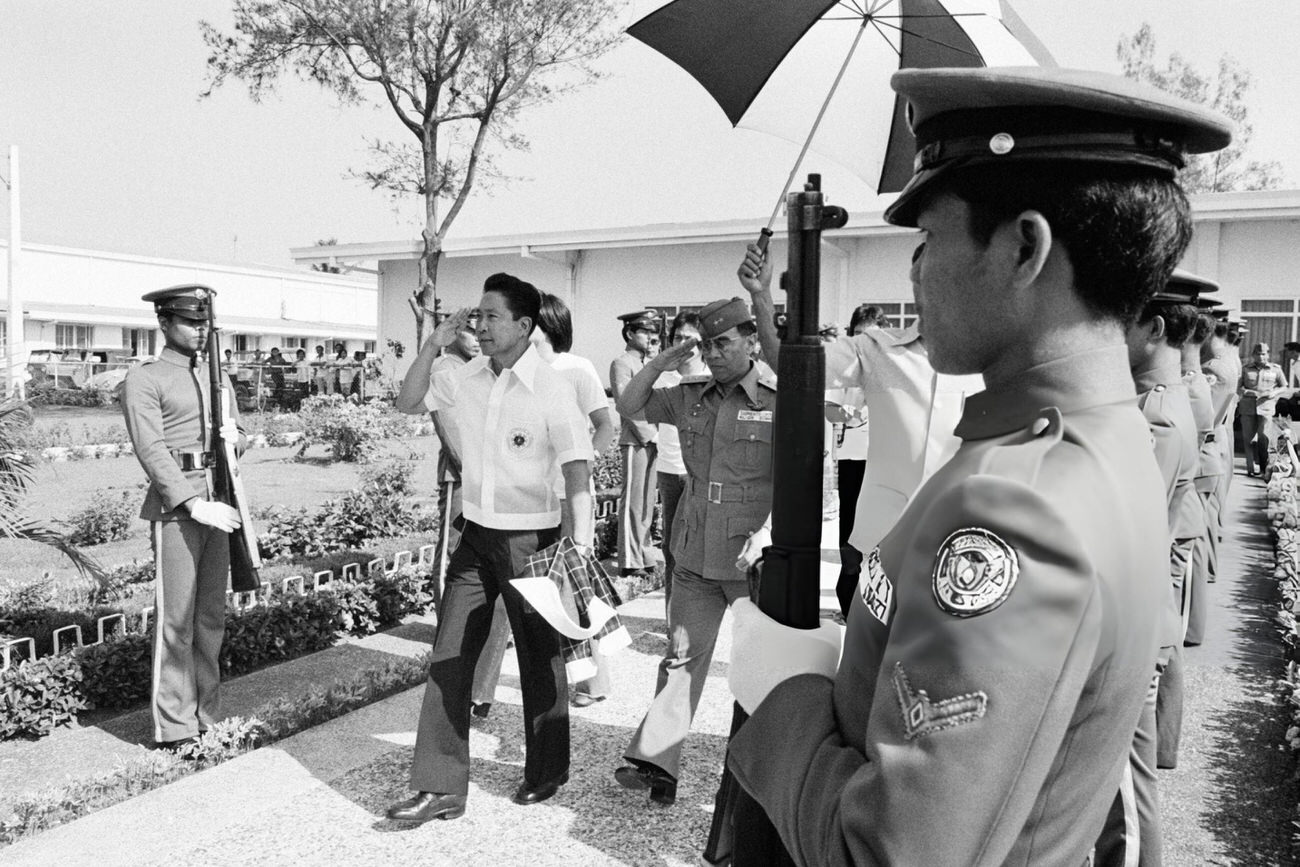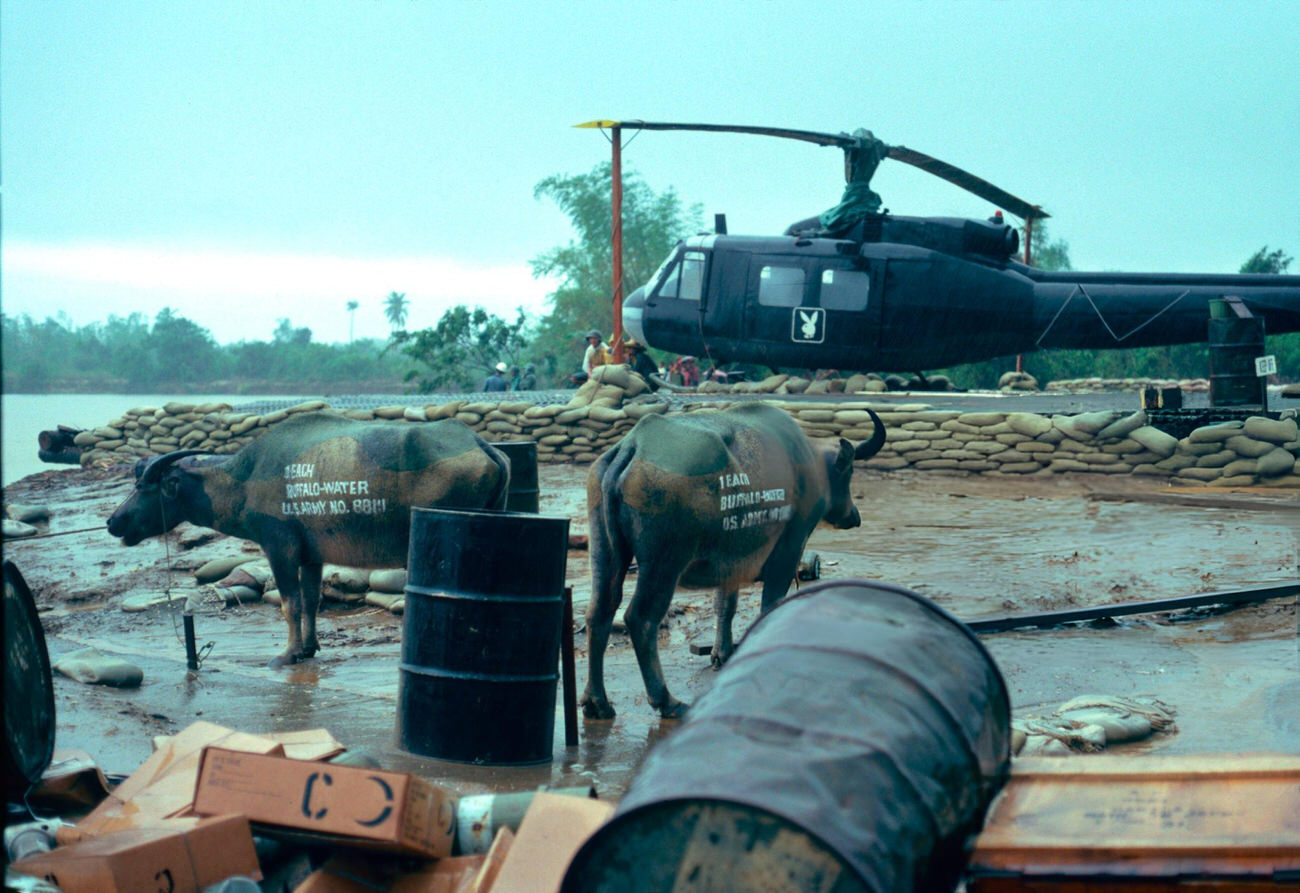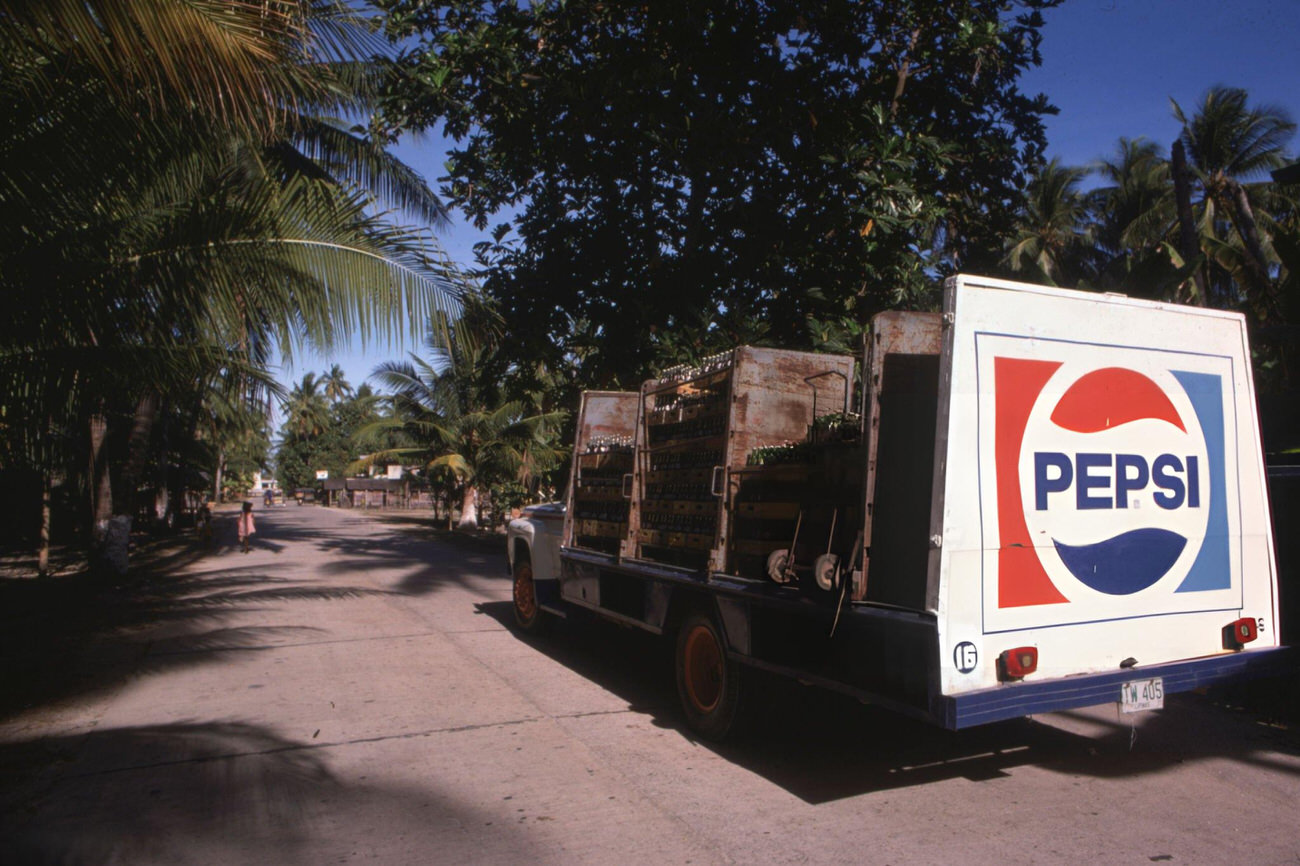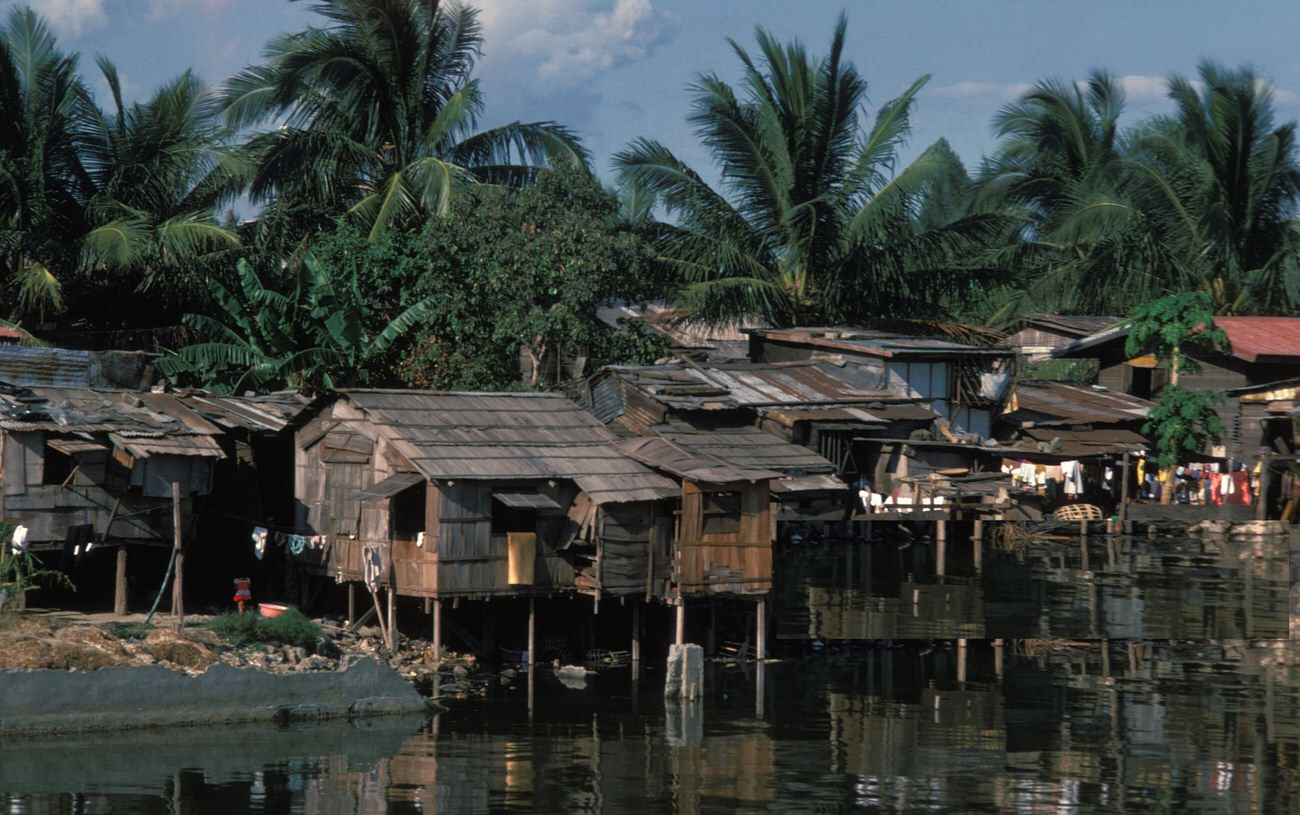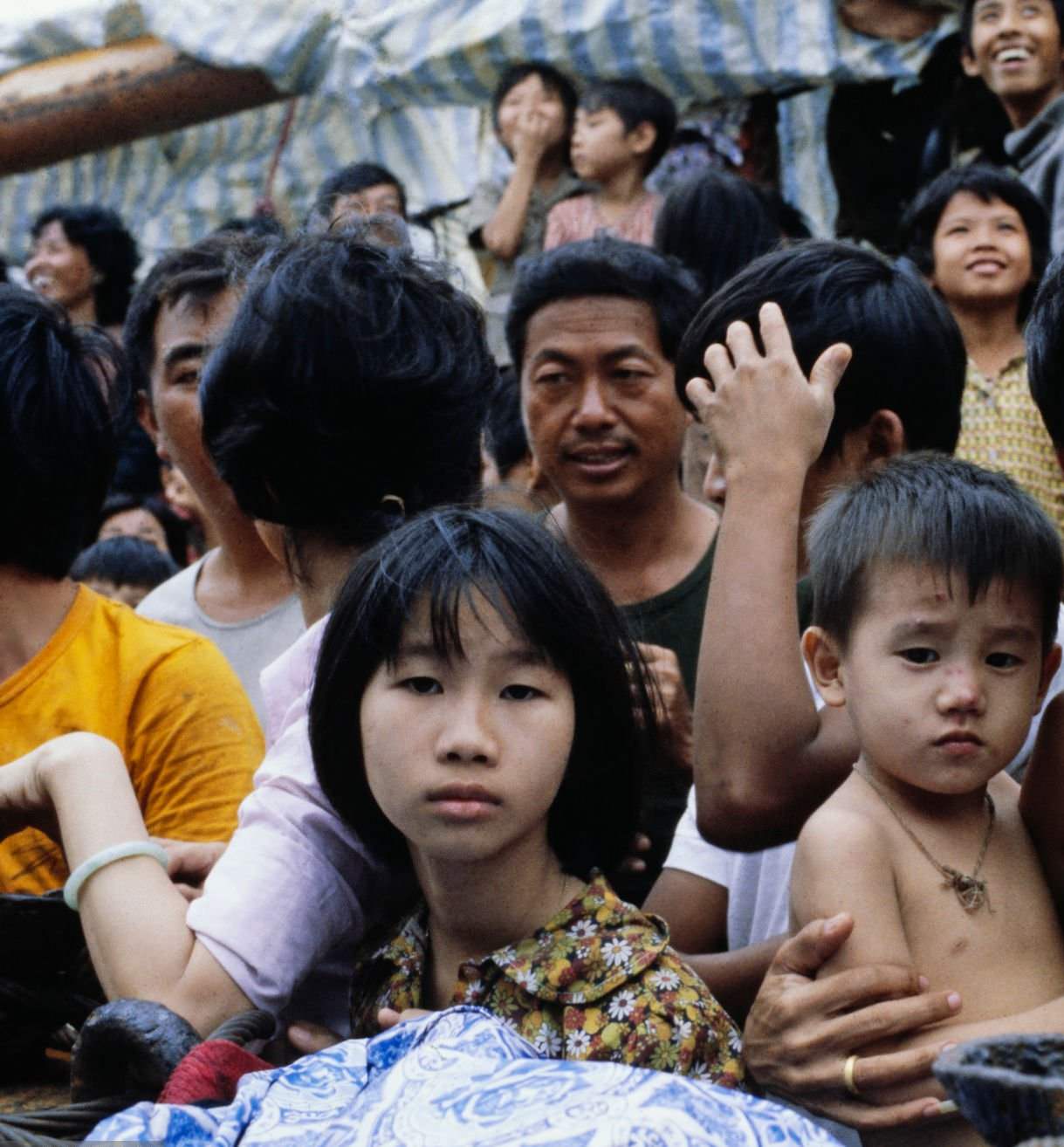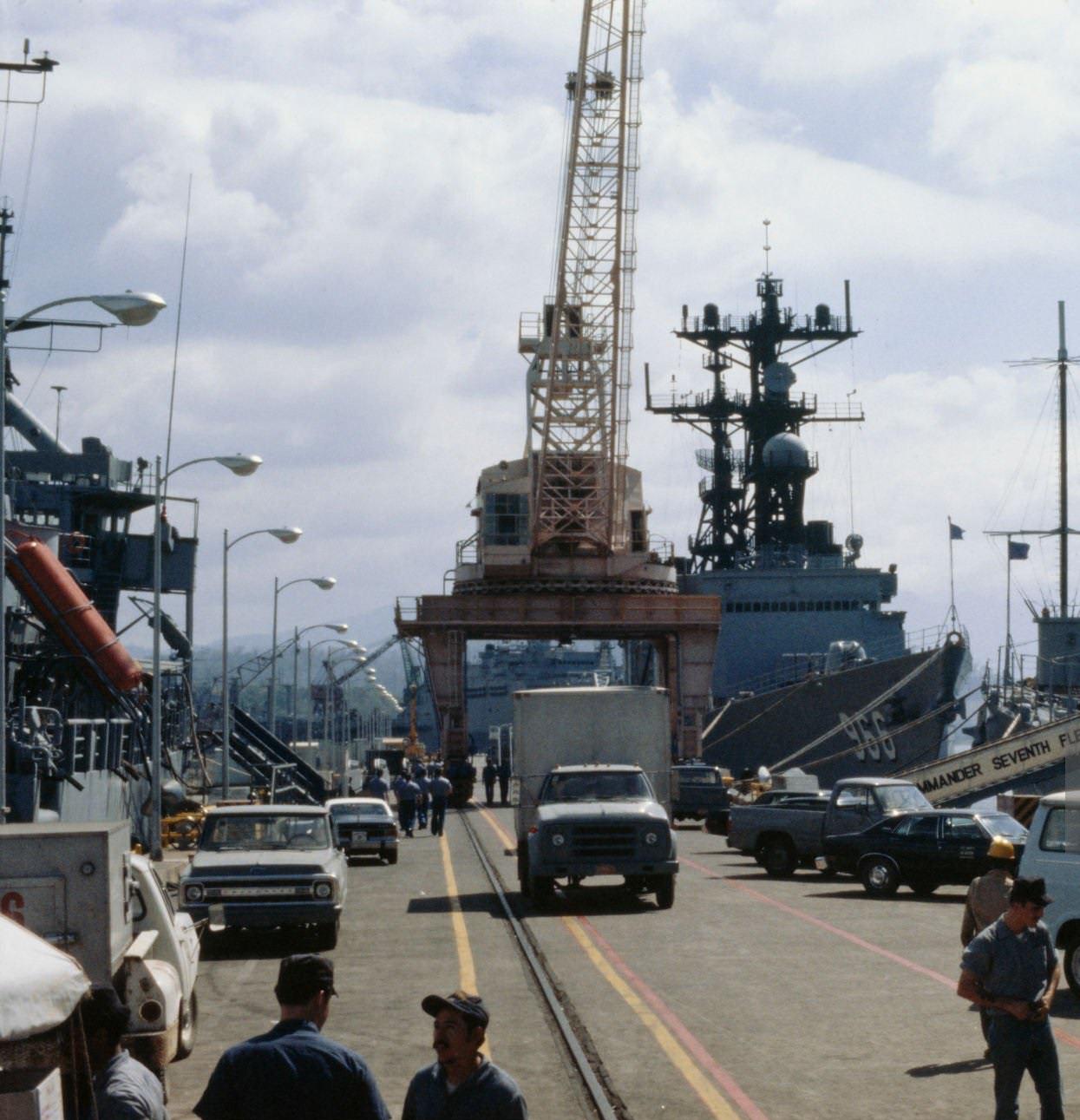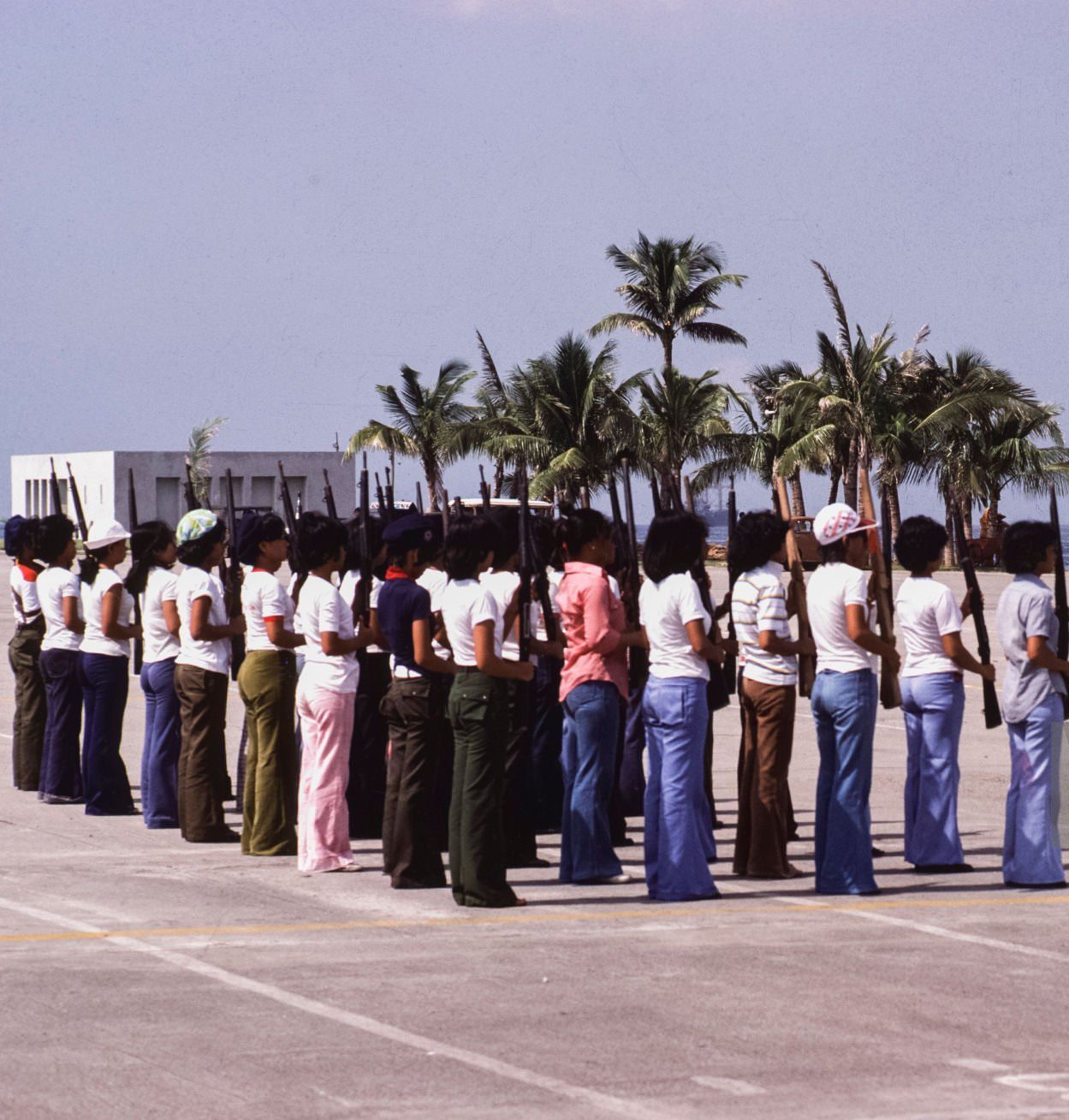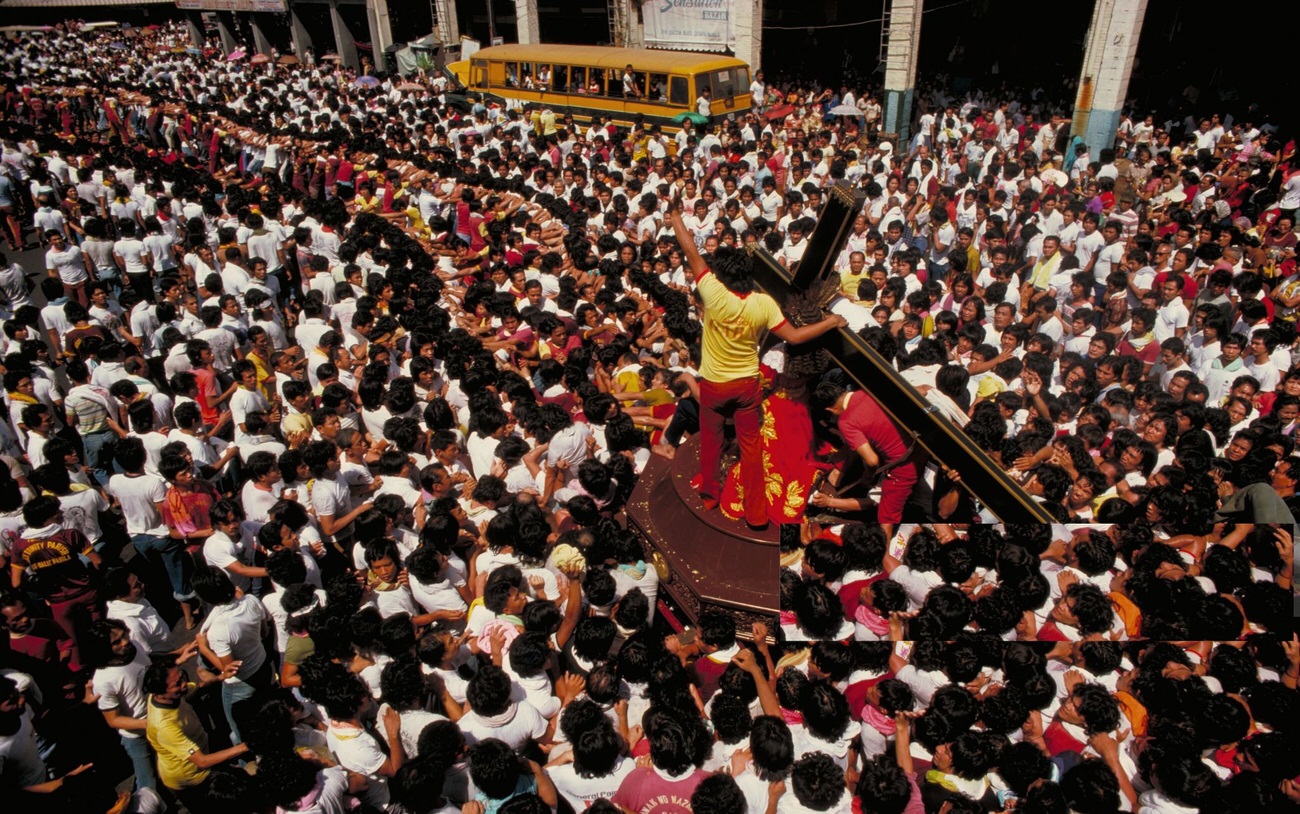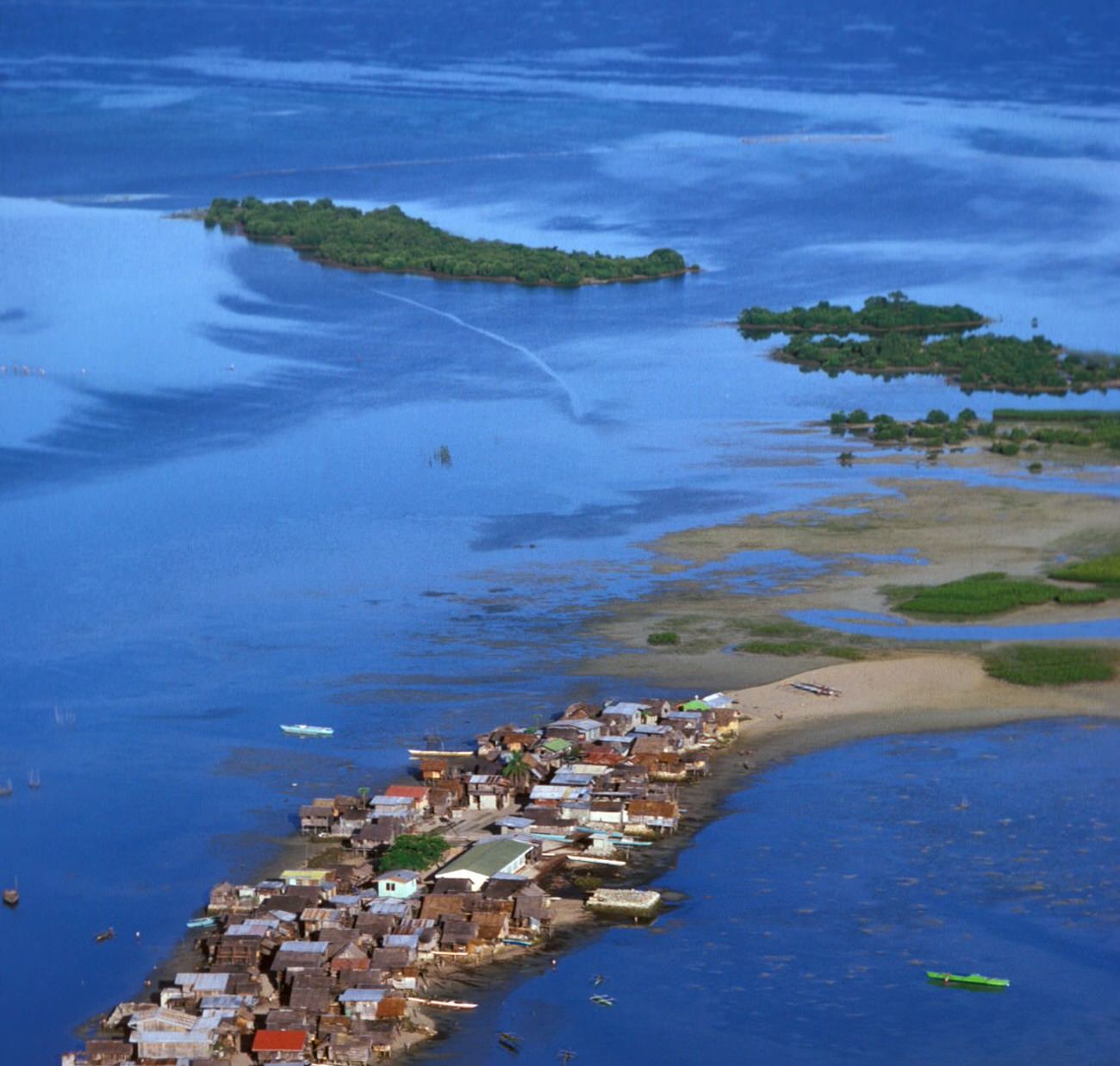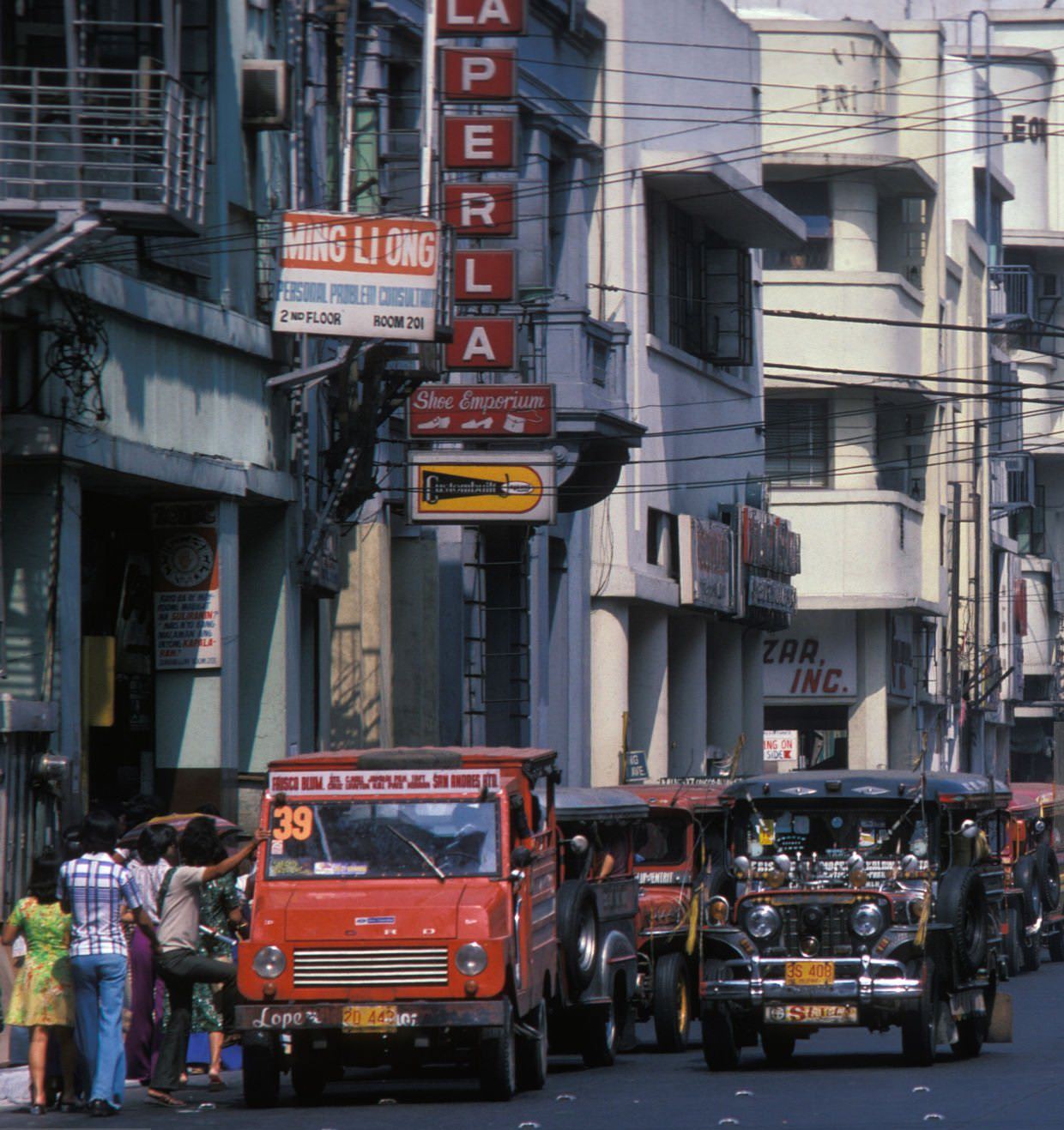The 1970s was a decade of significant transformation and tumult for the Philippines, fundamentally altering the nation’s political, social, and economic landscape. Dominated by the presidency of Ferdinand Marcos, the era was characterized by the imposition of Martial Law, which would have long-lasting implications for Filipino society and governance.
Martial Law
The early 1970s in the Philippines were marked by increasing unrest and political instability. President Ferdinand Marcos, who was first elected in 1965 and then re-elected in 1969, faced growing opposition due to corruption, economic stagnation, and issues of inequality. The period also saw the rise of civil disobedience and militant activism, with various groups demanding reforms and challenging the status quo.
On September 21, 1972, President Marcos declared Martial Law through Proclamation 1081, citing threats of communist insurgency and social disorder as justification. Officially, Martial Law was intended to suppress civil strife and the threat of communist takeover. However, it effectively allowed Marcos to consolidate power, extend his rule beyond the constitutional two-term limit, and suppress dissent.
Under Martial Law, the constitution was suspended, Congress was dissolved, and the writ of habeas corpus was suspended. Marcos governed by decree, leading to significant curtailment of freedoms. The press was censored, opposition leaders and critics were arrested, and human rights abuses, including torture, disappearances, and extrajudicial killings, became widespread.
Economic Impact and Development
The 1970s saw efforts by the Marcos administration to modernize and develop the Philippine economy through infrastructure projects and foreign loans. Initially, these efforts led to economic growth, with the construction of roads, hospitals, and schools, and the promotion of rice self-sufficiency under the Masagana 99 program. However, the period was also marked by economic mismanagement, crony capitalism, and rampant corruption, leading to a significant increase in foreign debt and laying the groundwork for future economic crises.
Societal Resistance and the Seeds of Revolution
Despite the oppressive regime, resistance flourished within the Philippines. Underground newspapers, student movements, and various opposition groups continued to advocate for democracy and human rights. The assassination of opposition leader Benigno “Ninoy” Aquino Jr. in 1983, although technically occurring after the 1970s, was a direct consequence of the political climate of the decade and galvanized the opposition, setting the stage for the eventual People Power Revolution in 1986.


